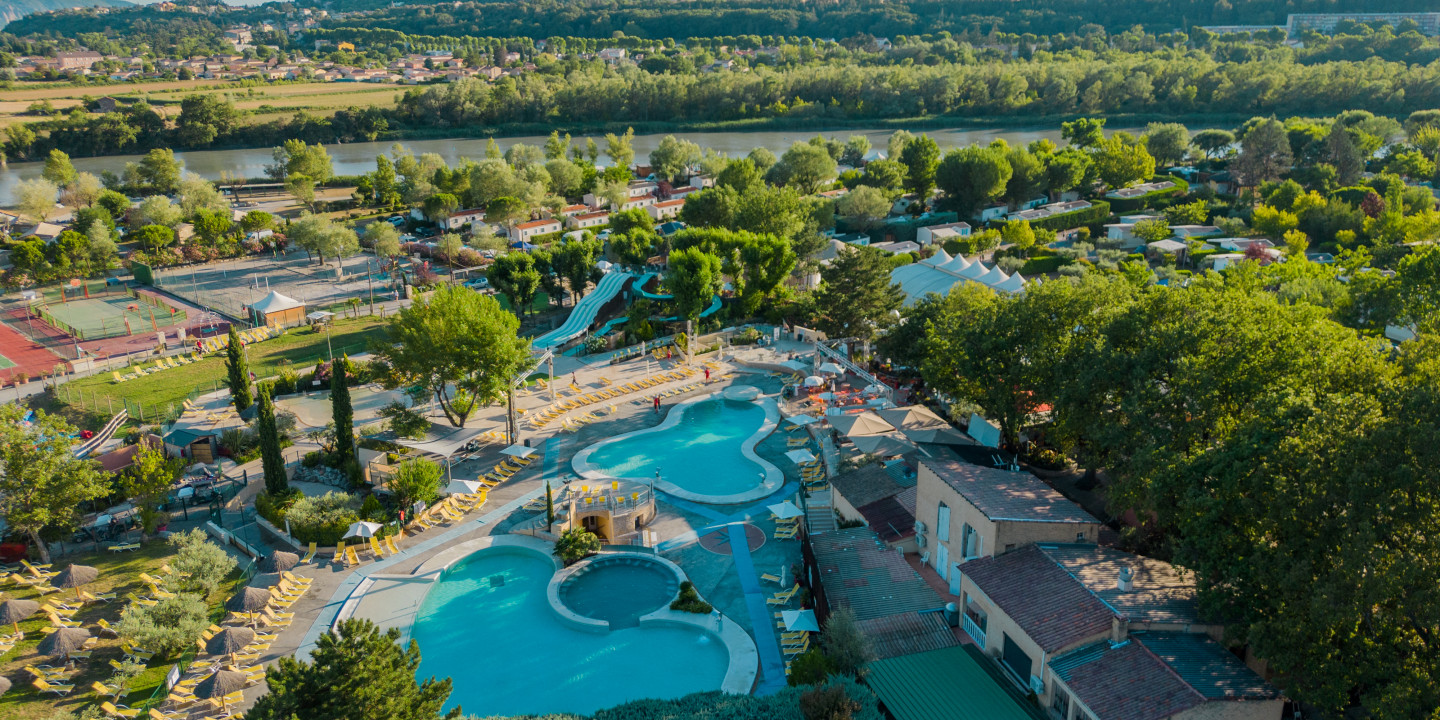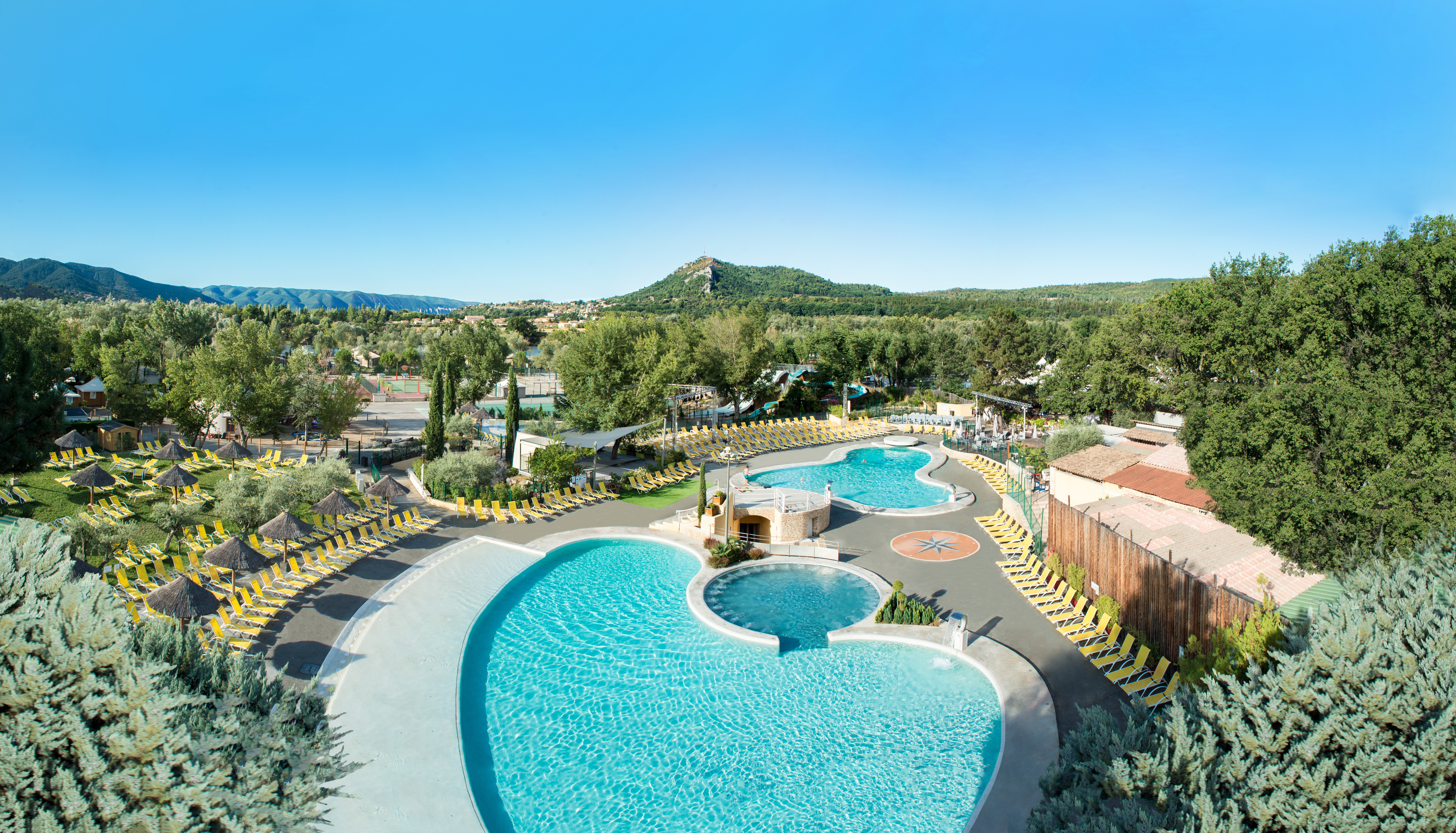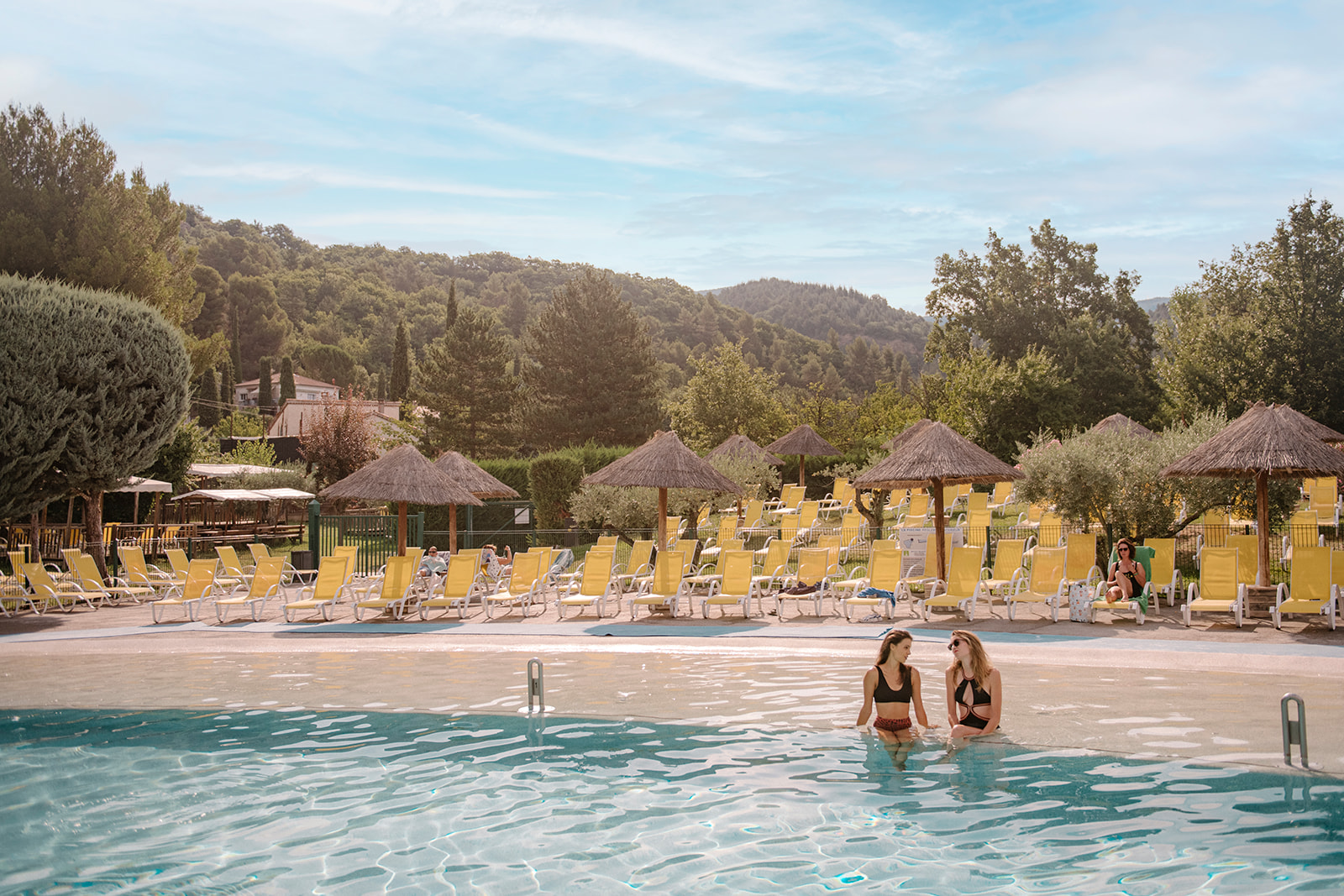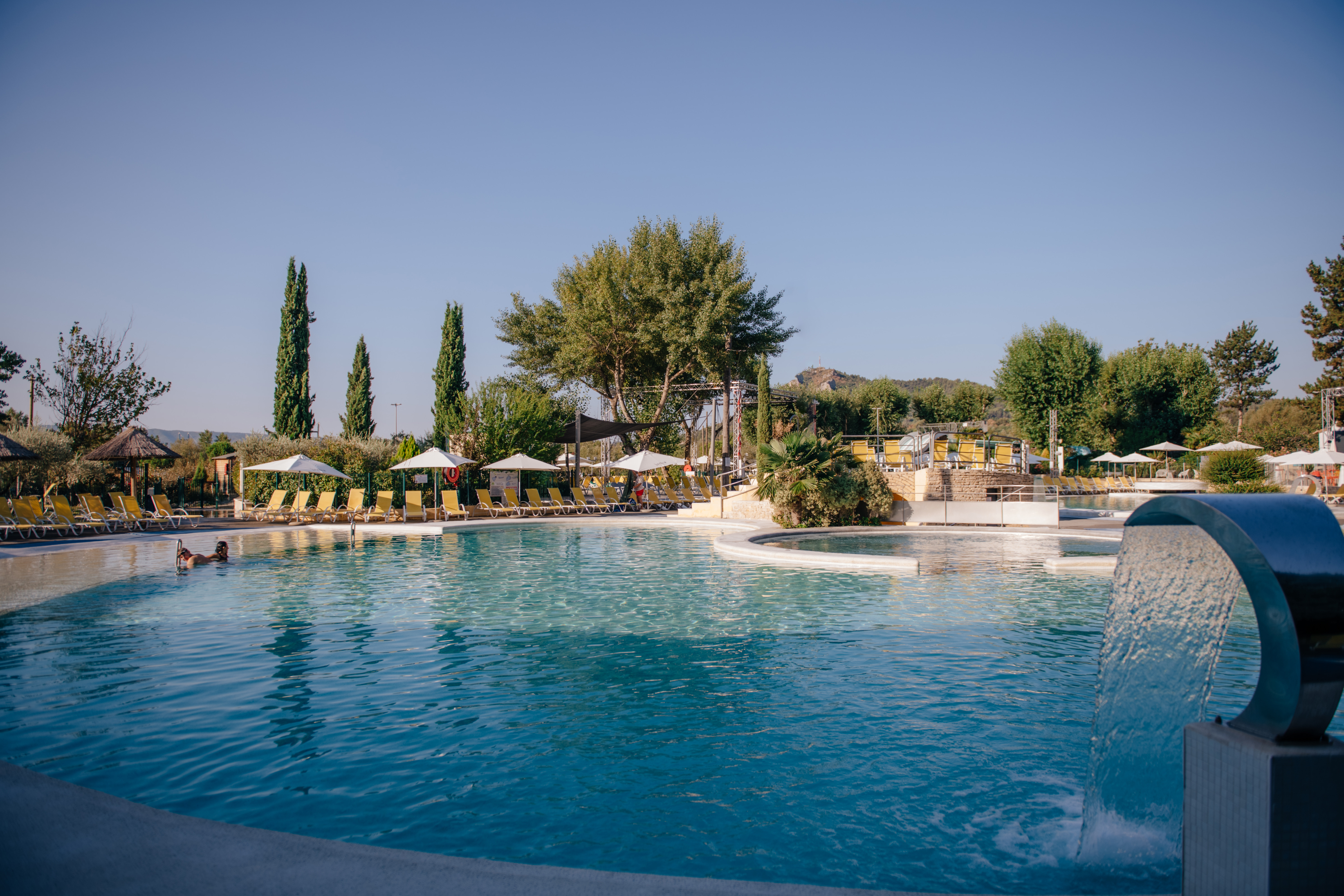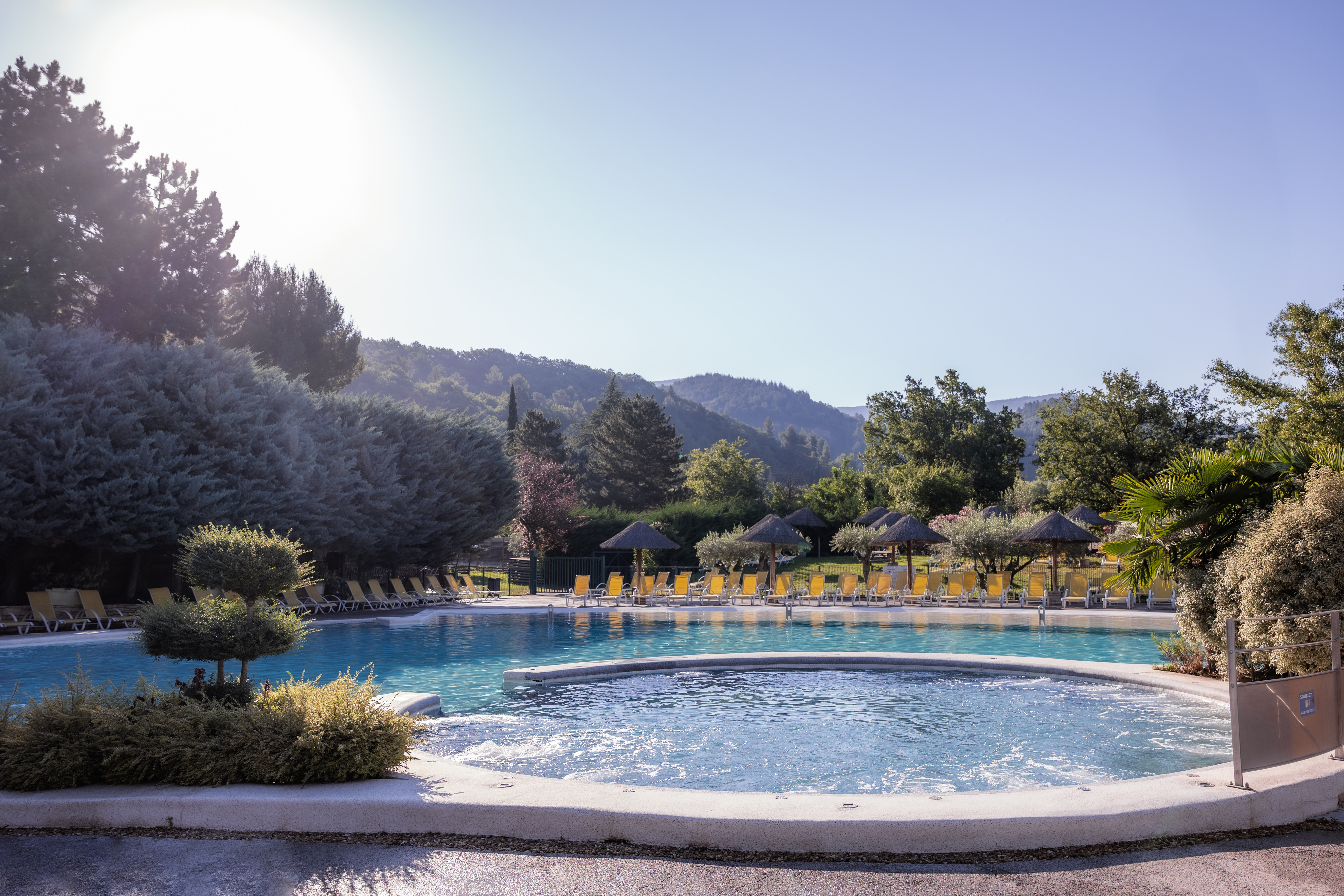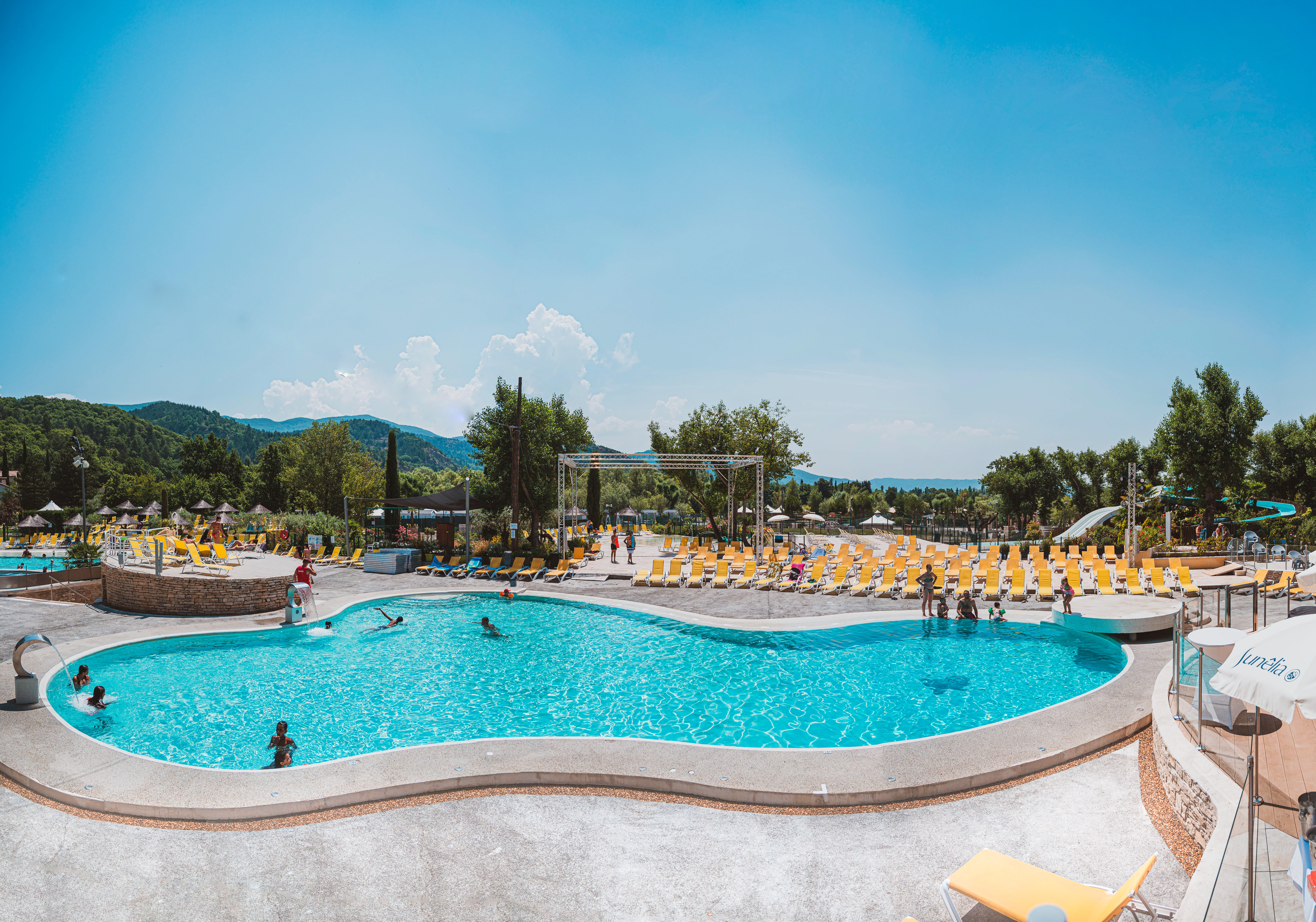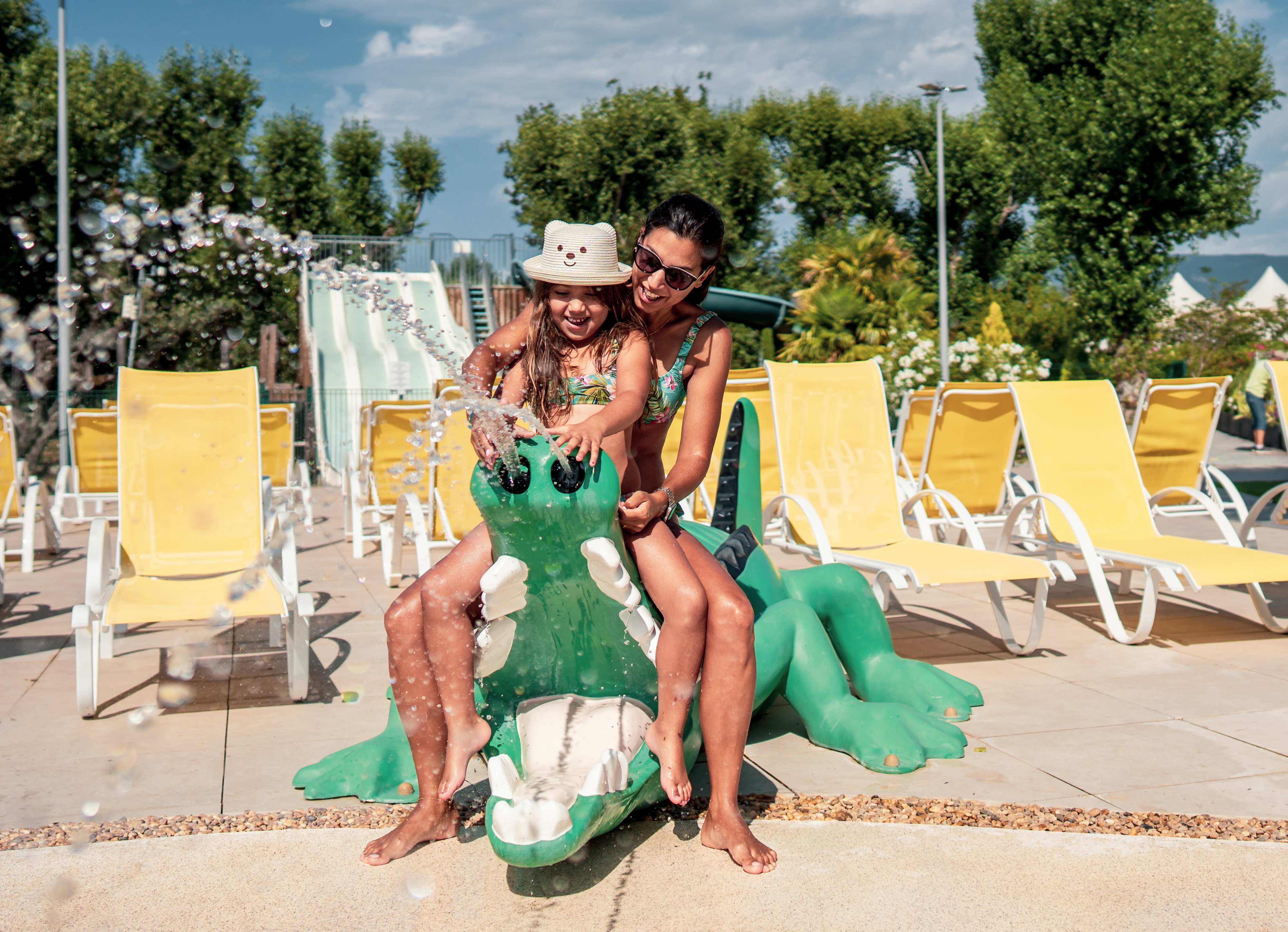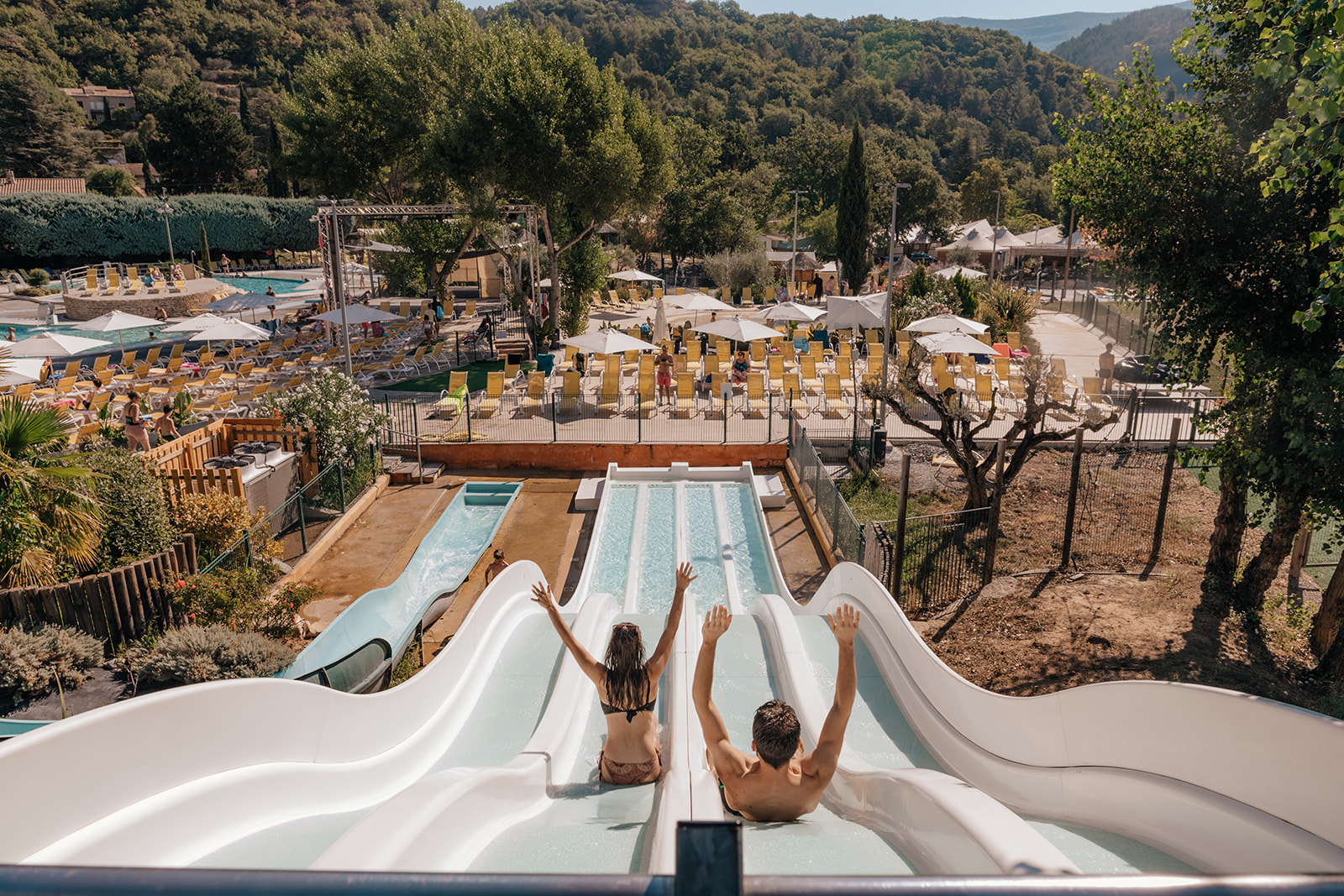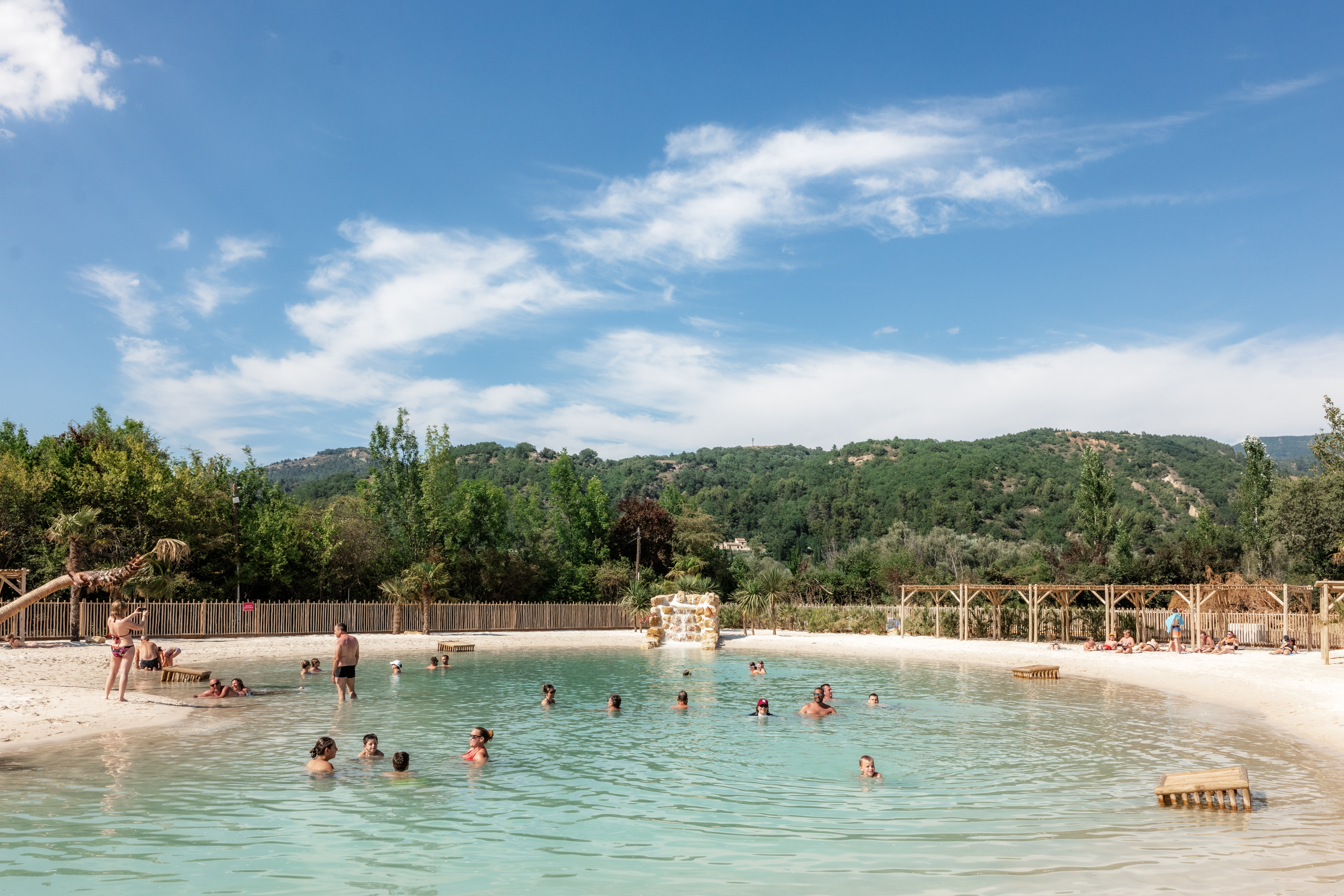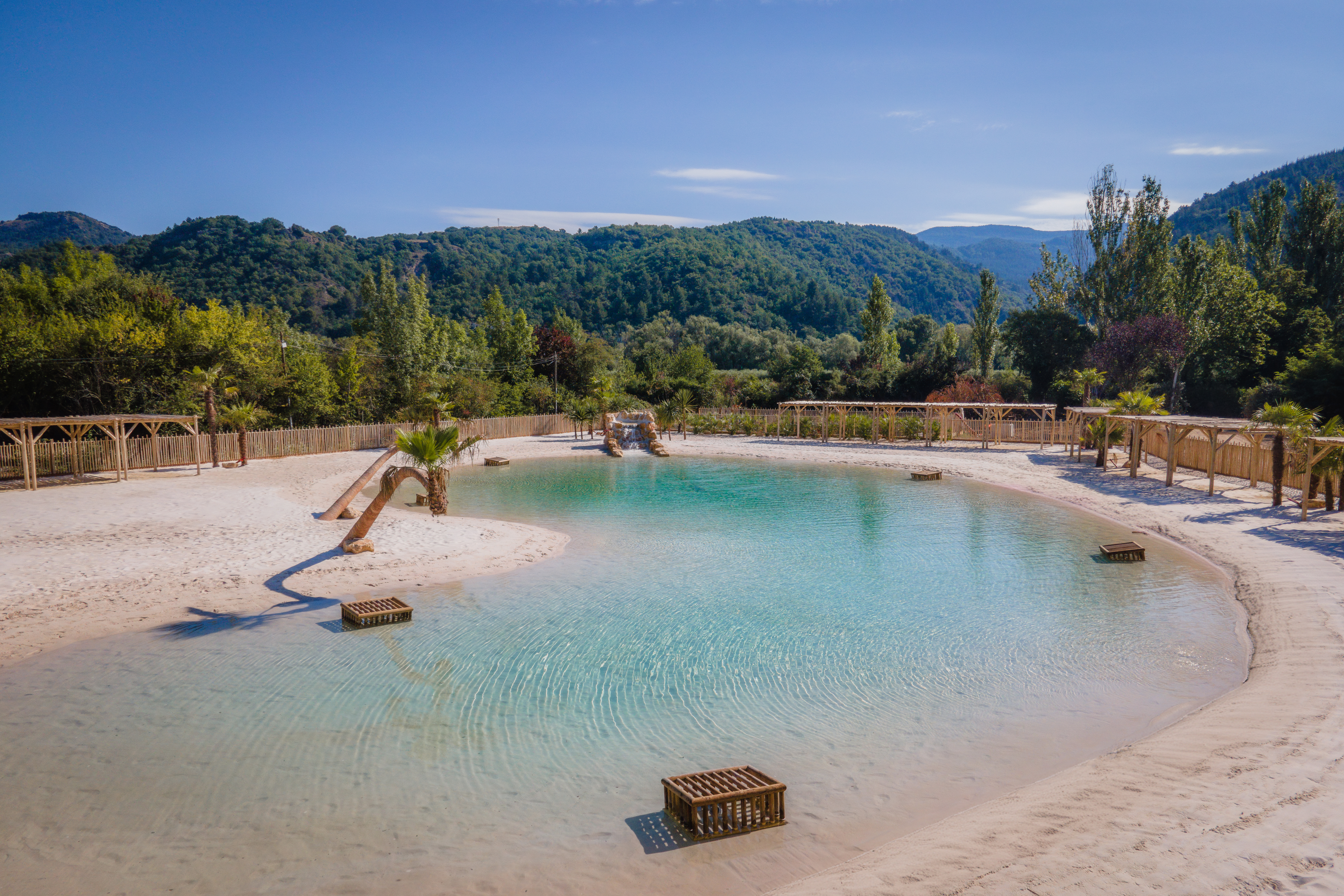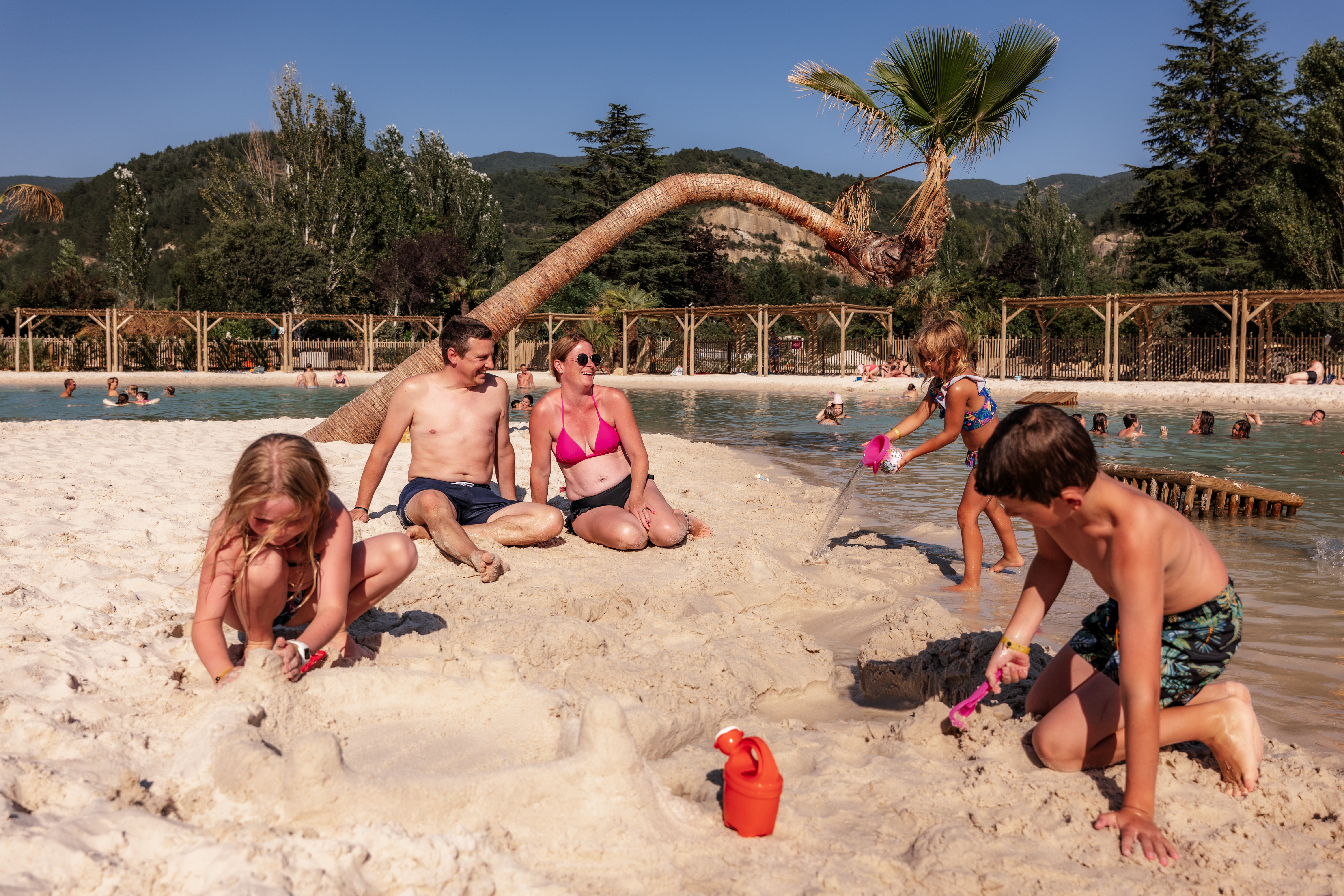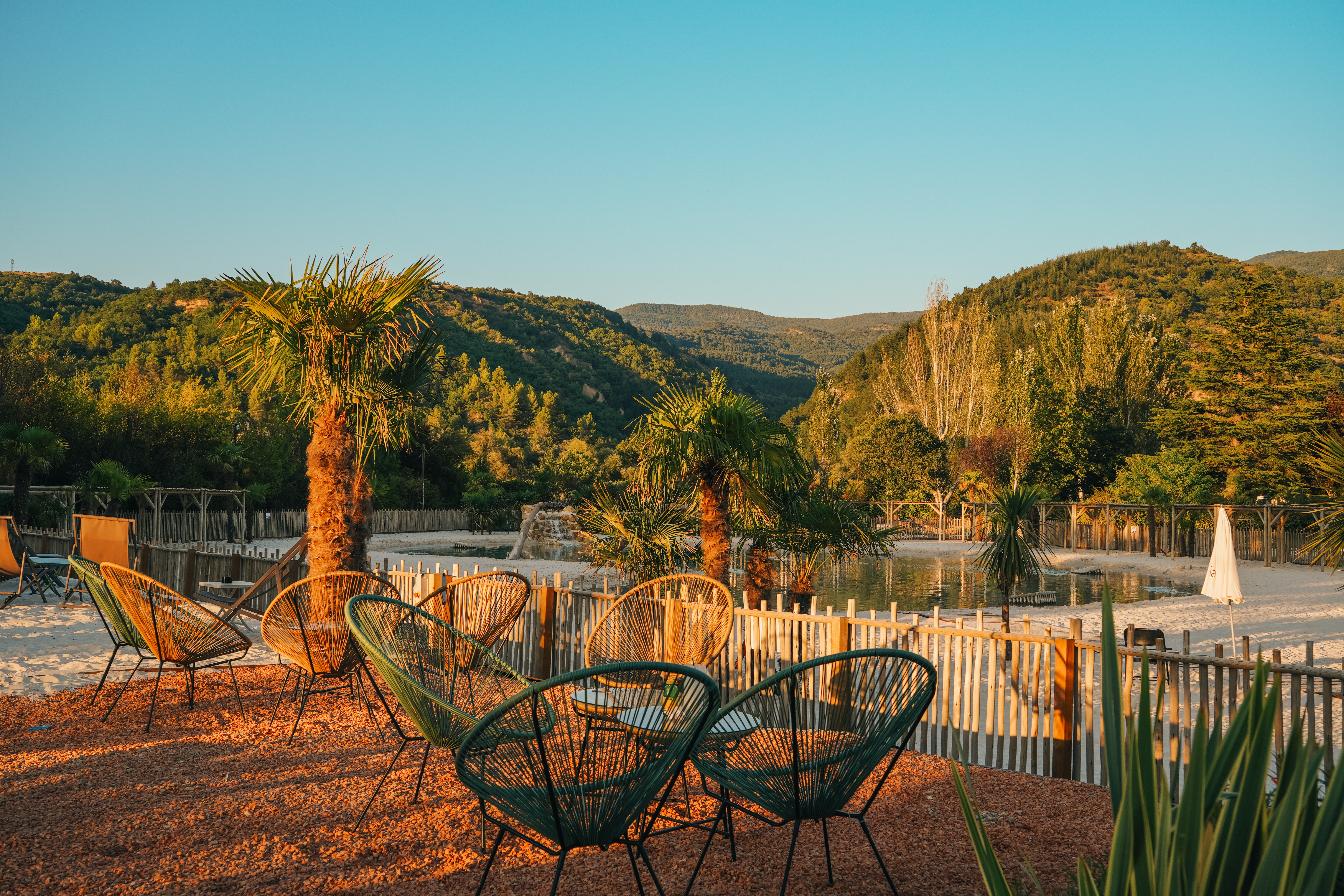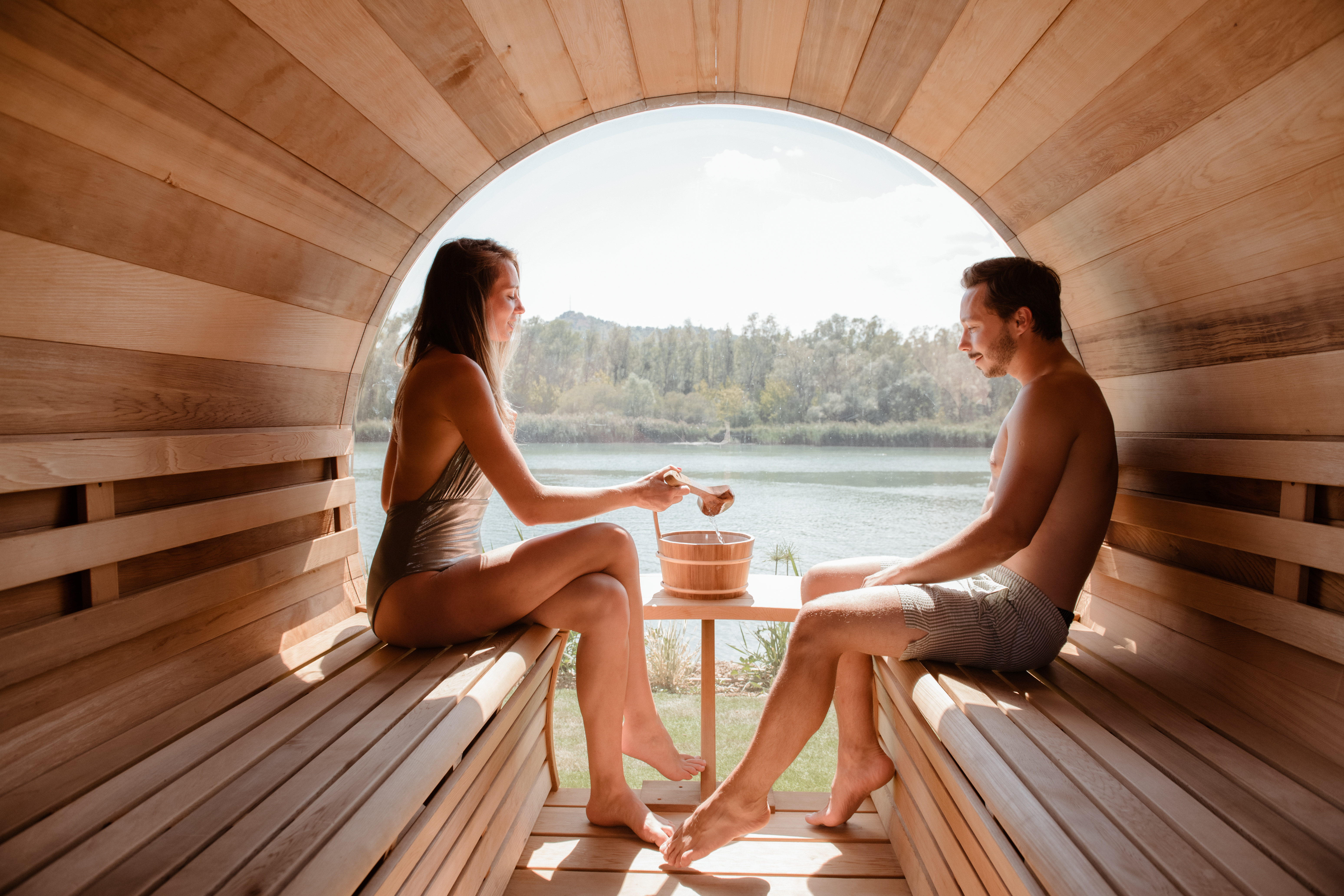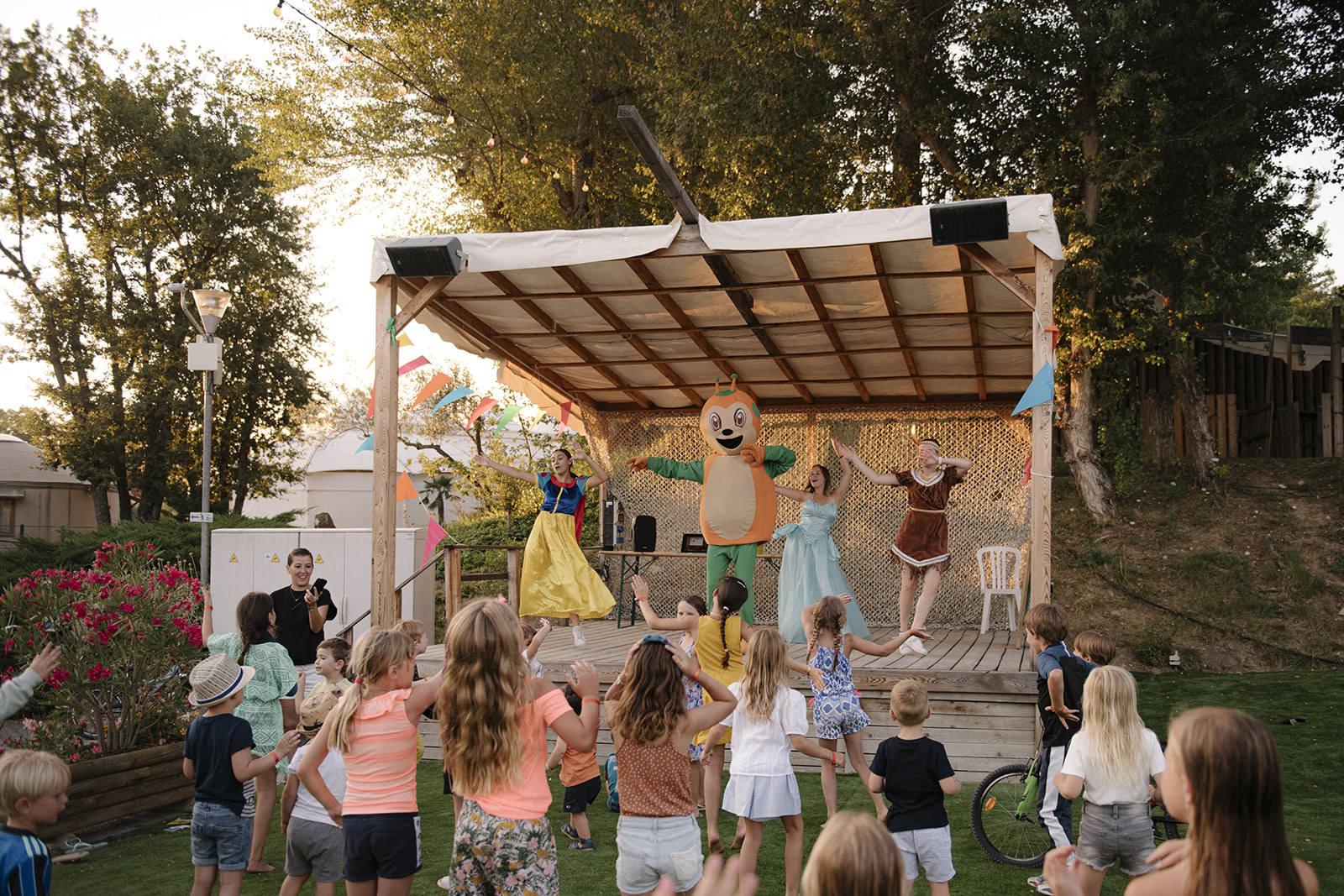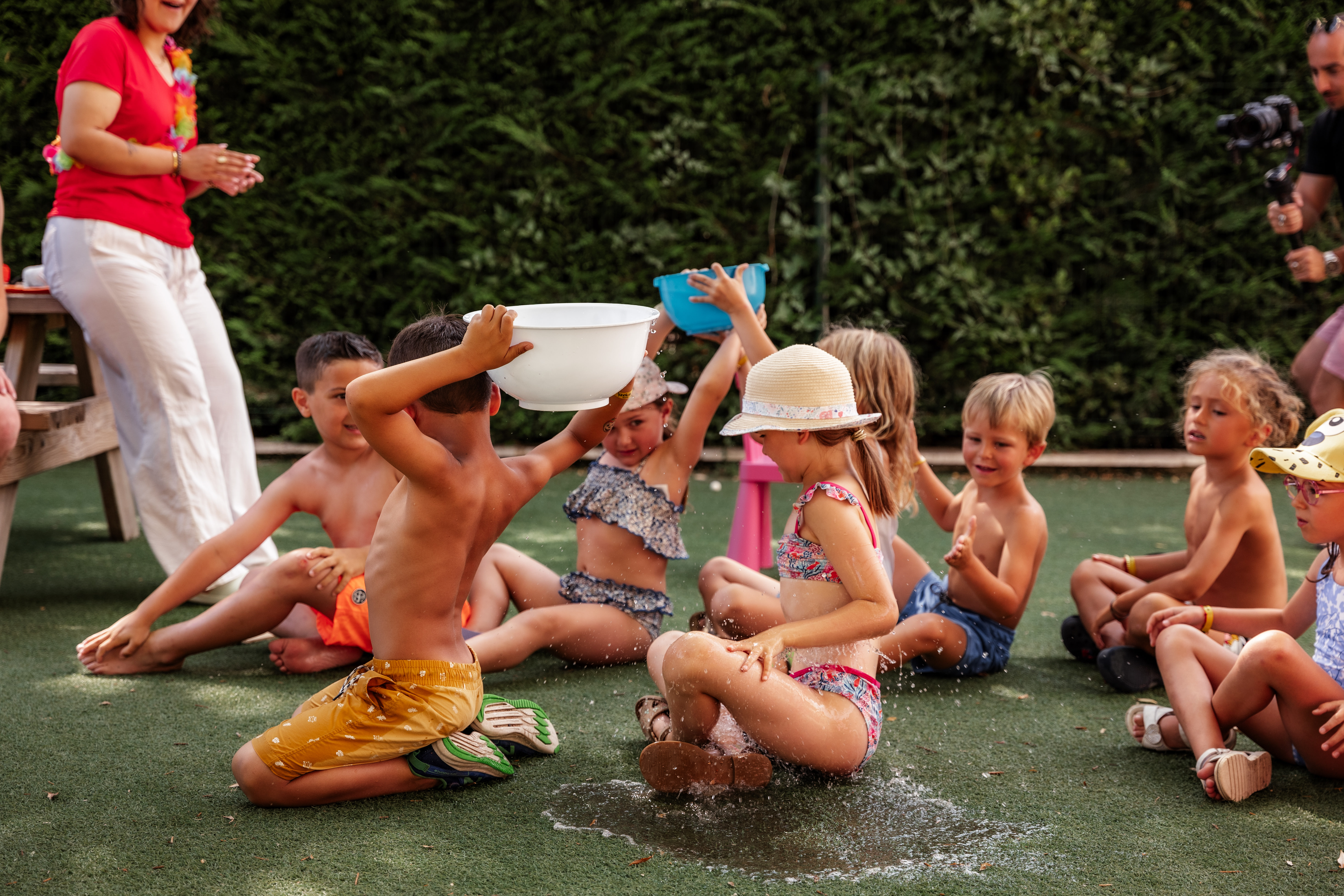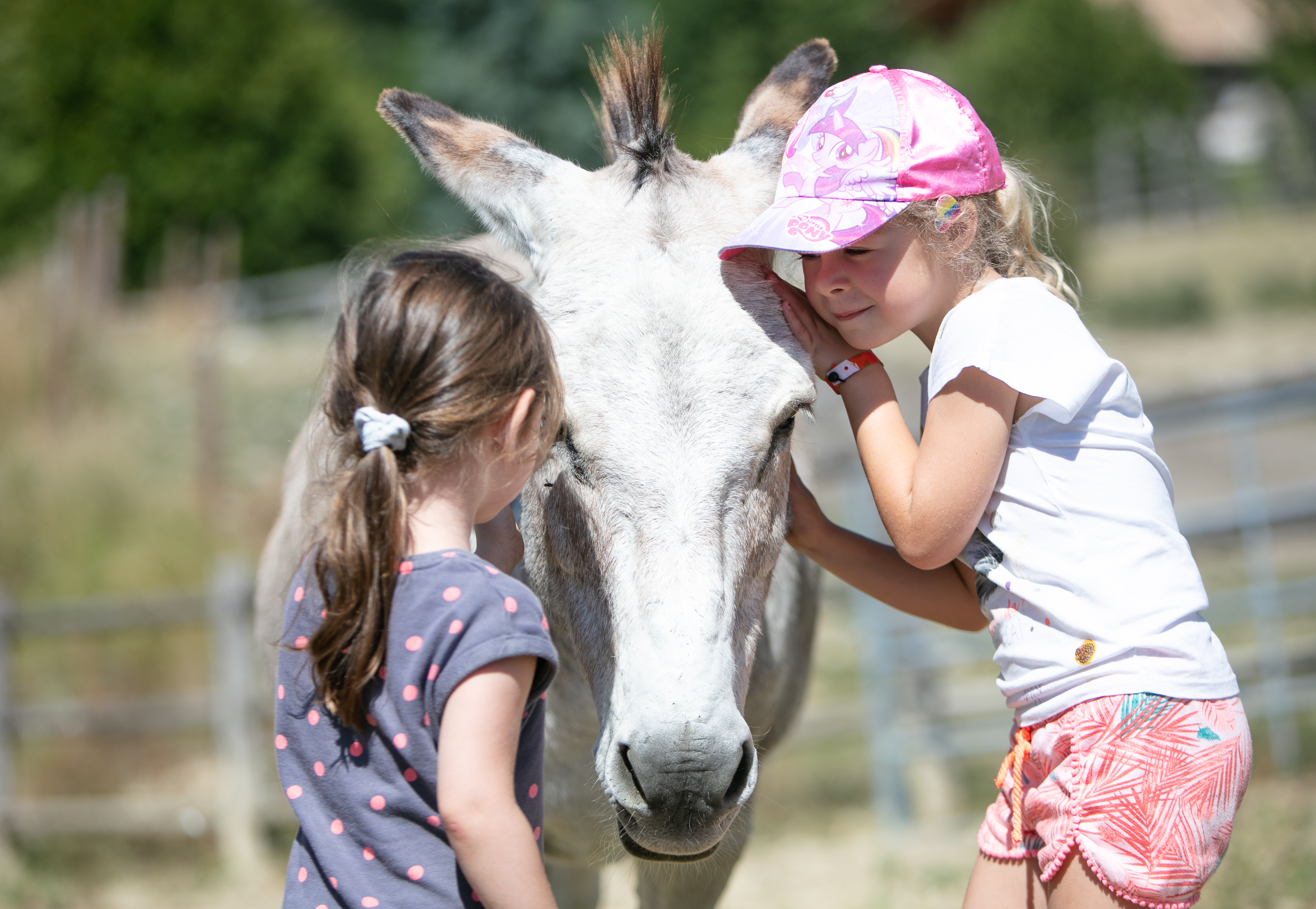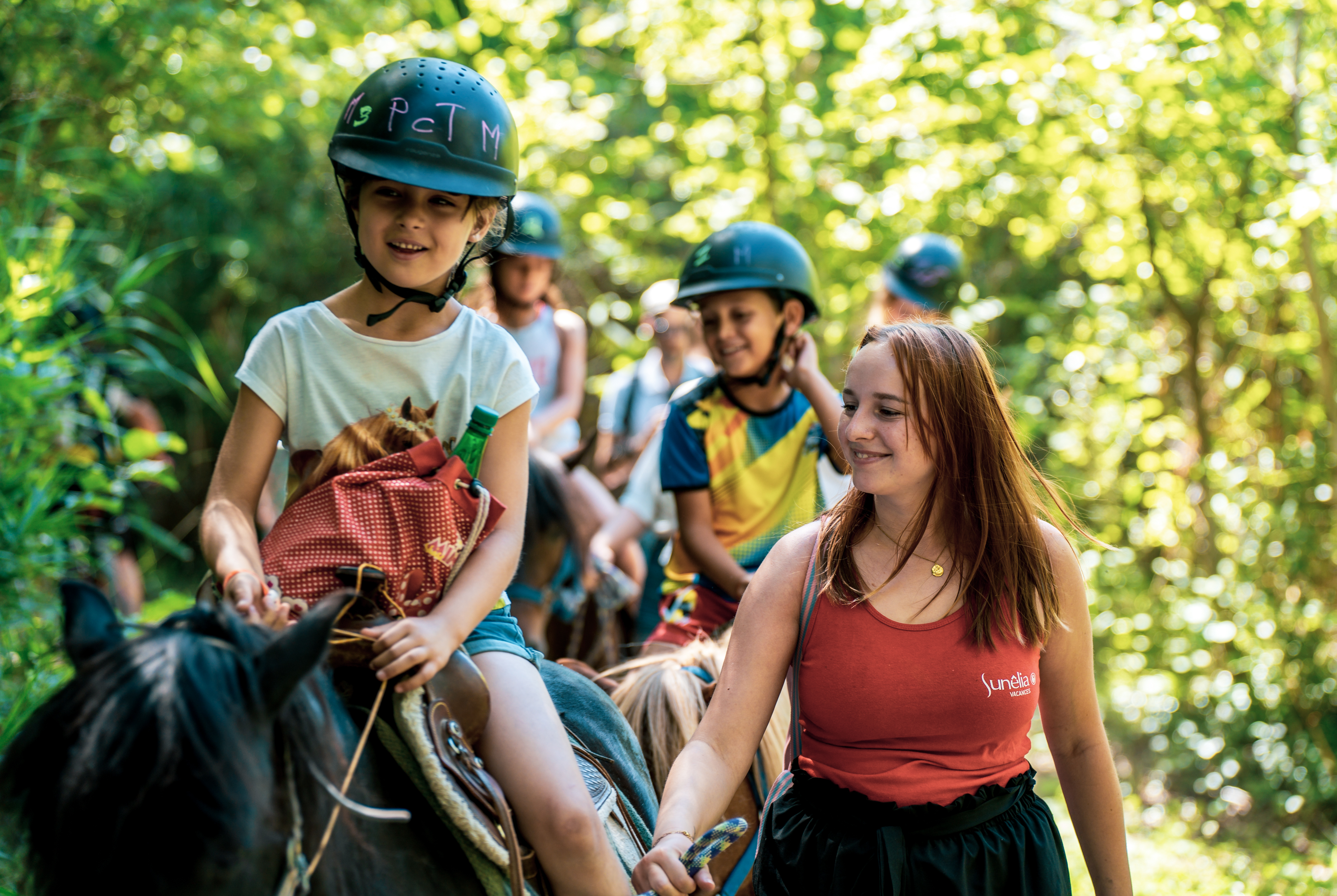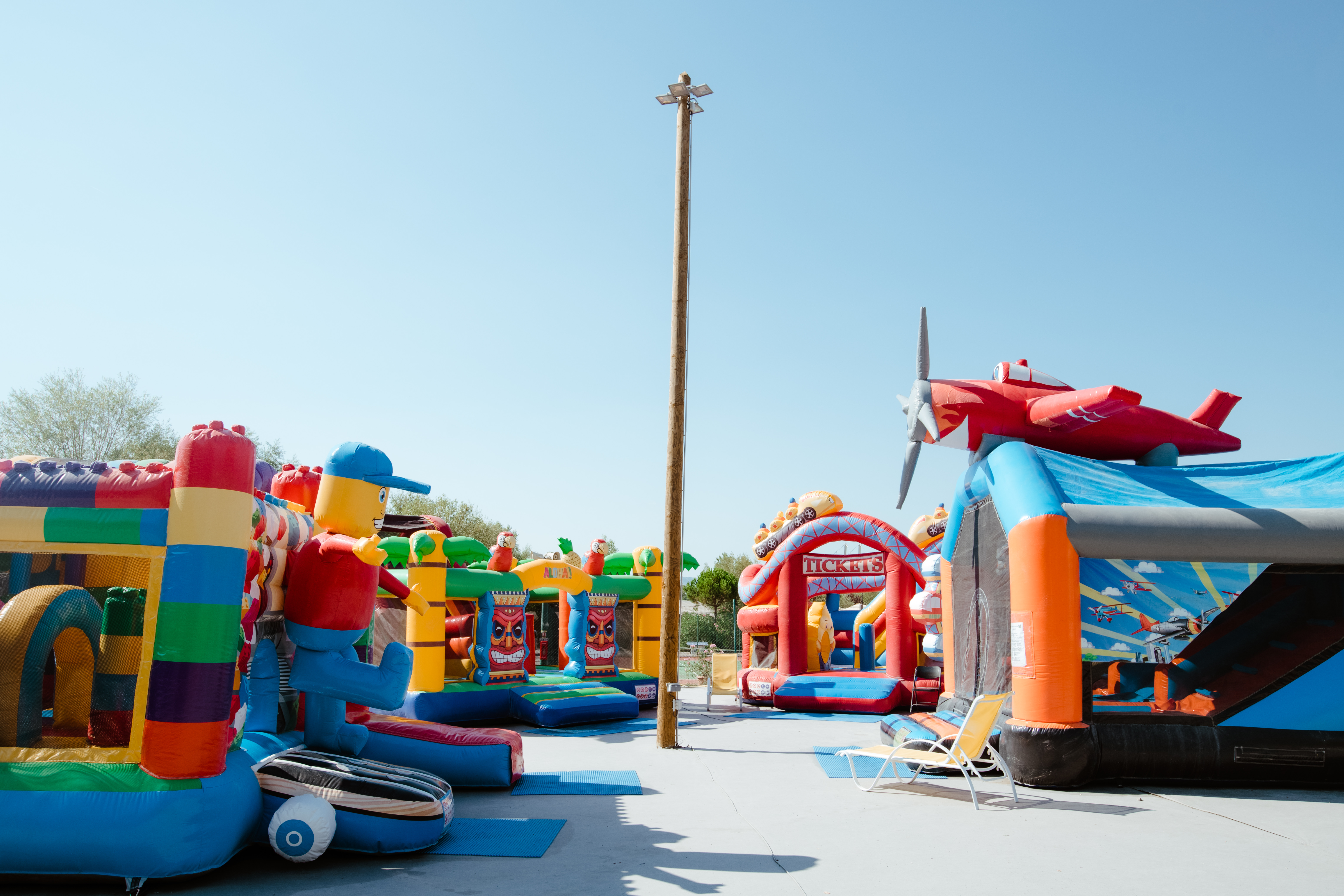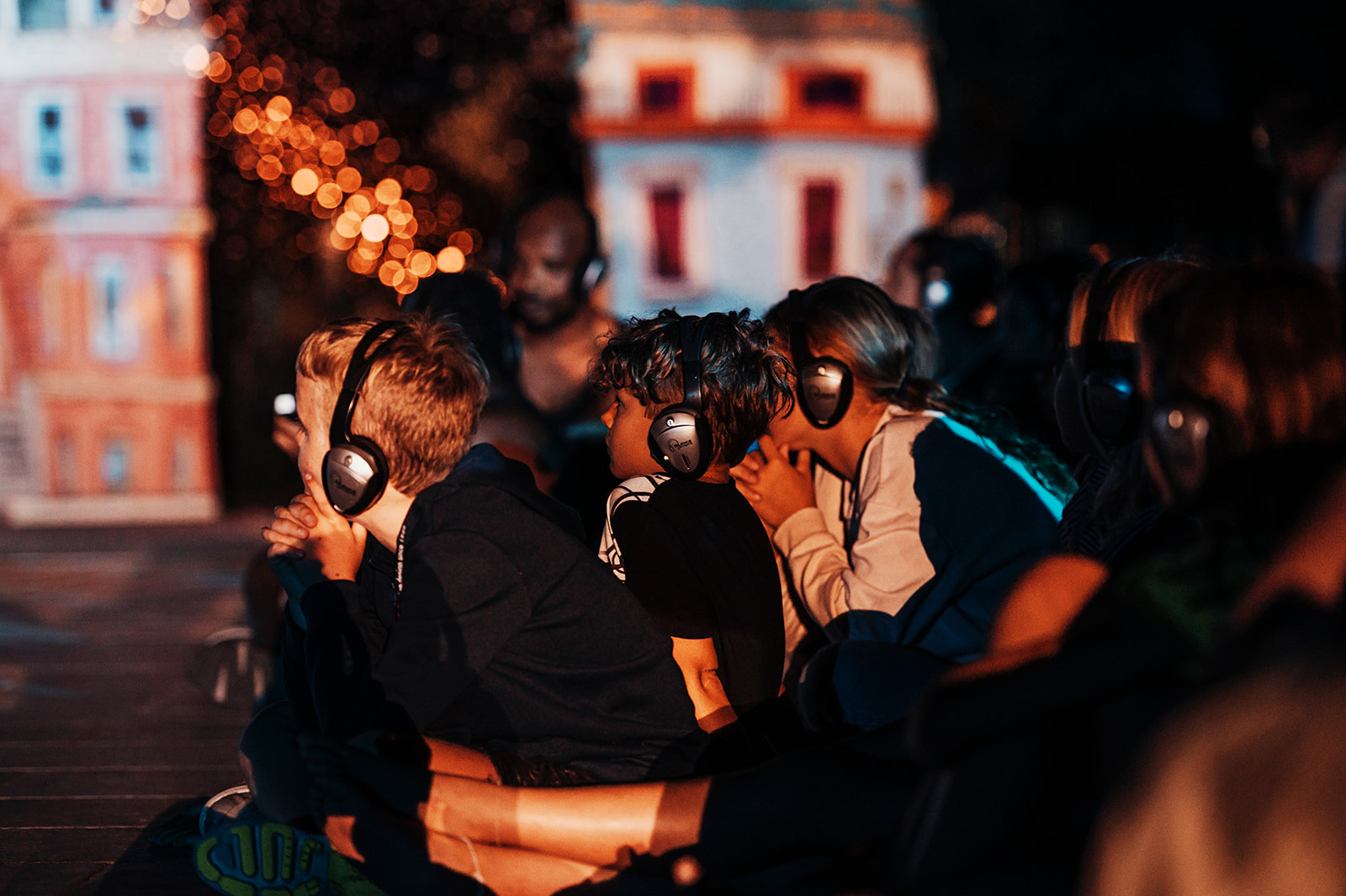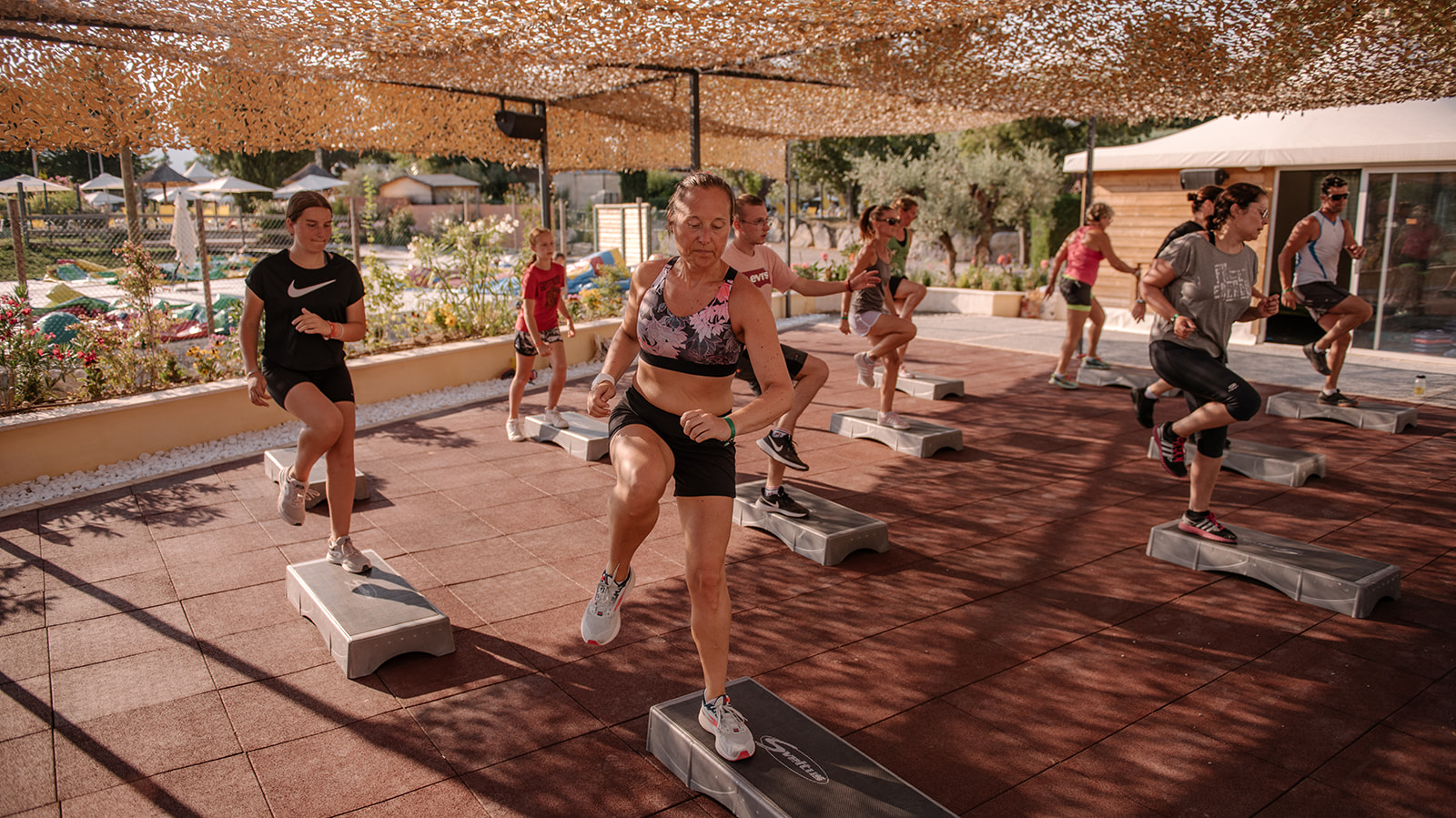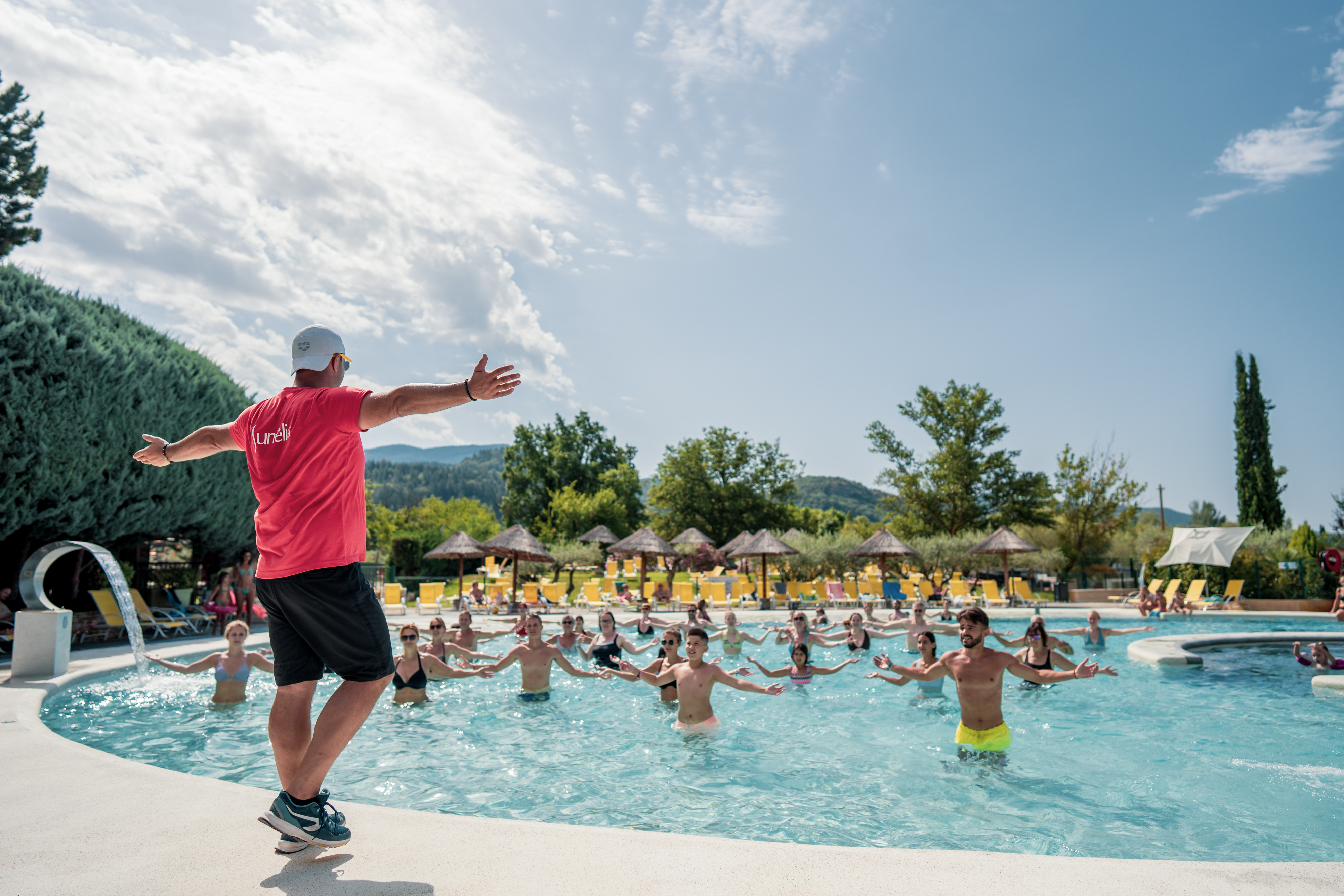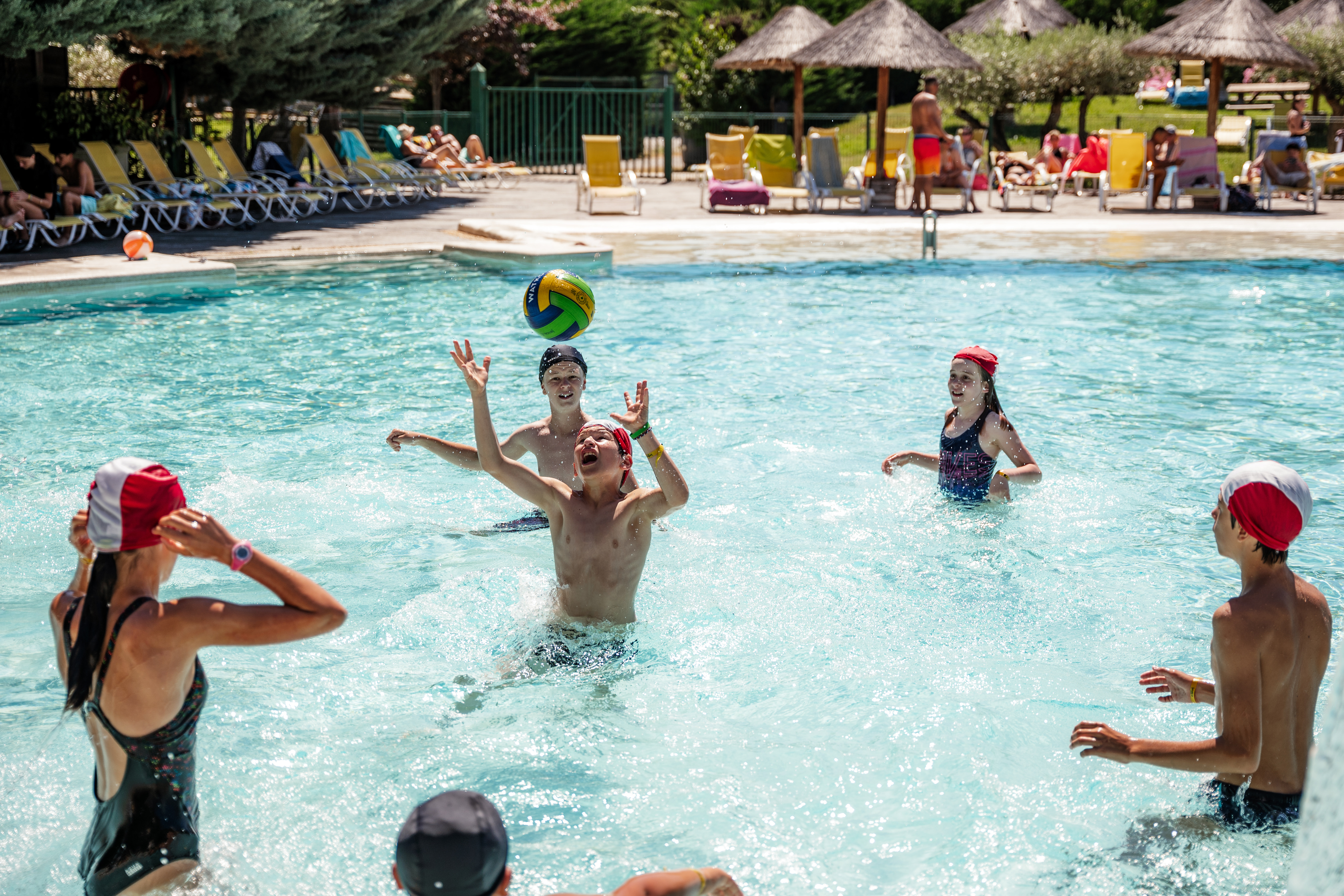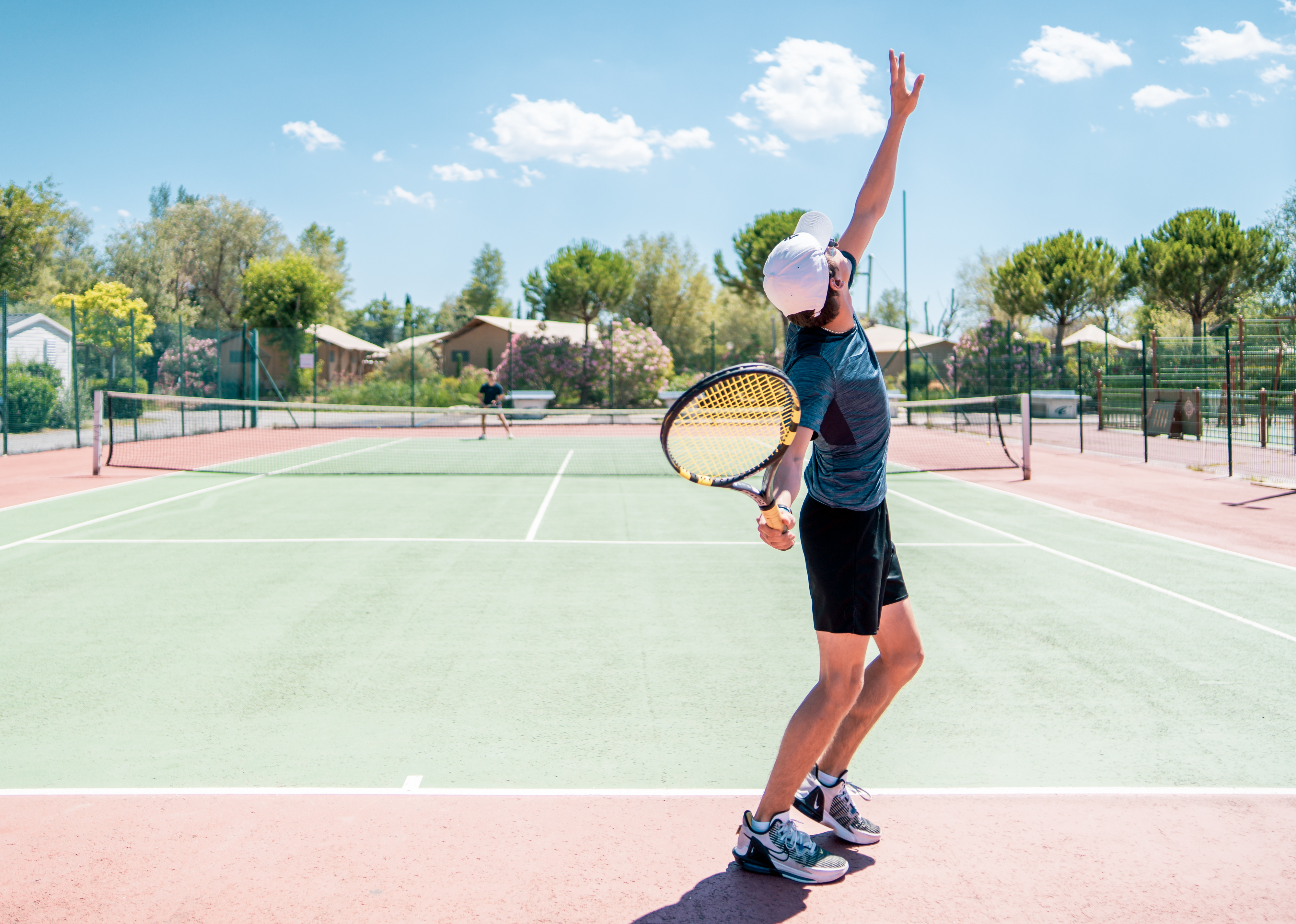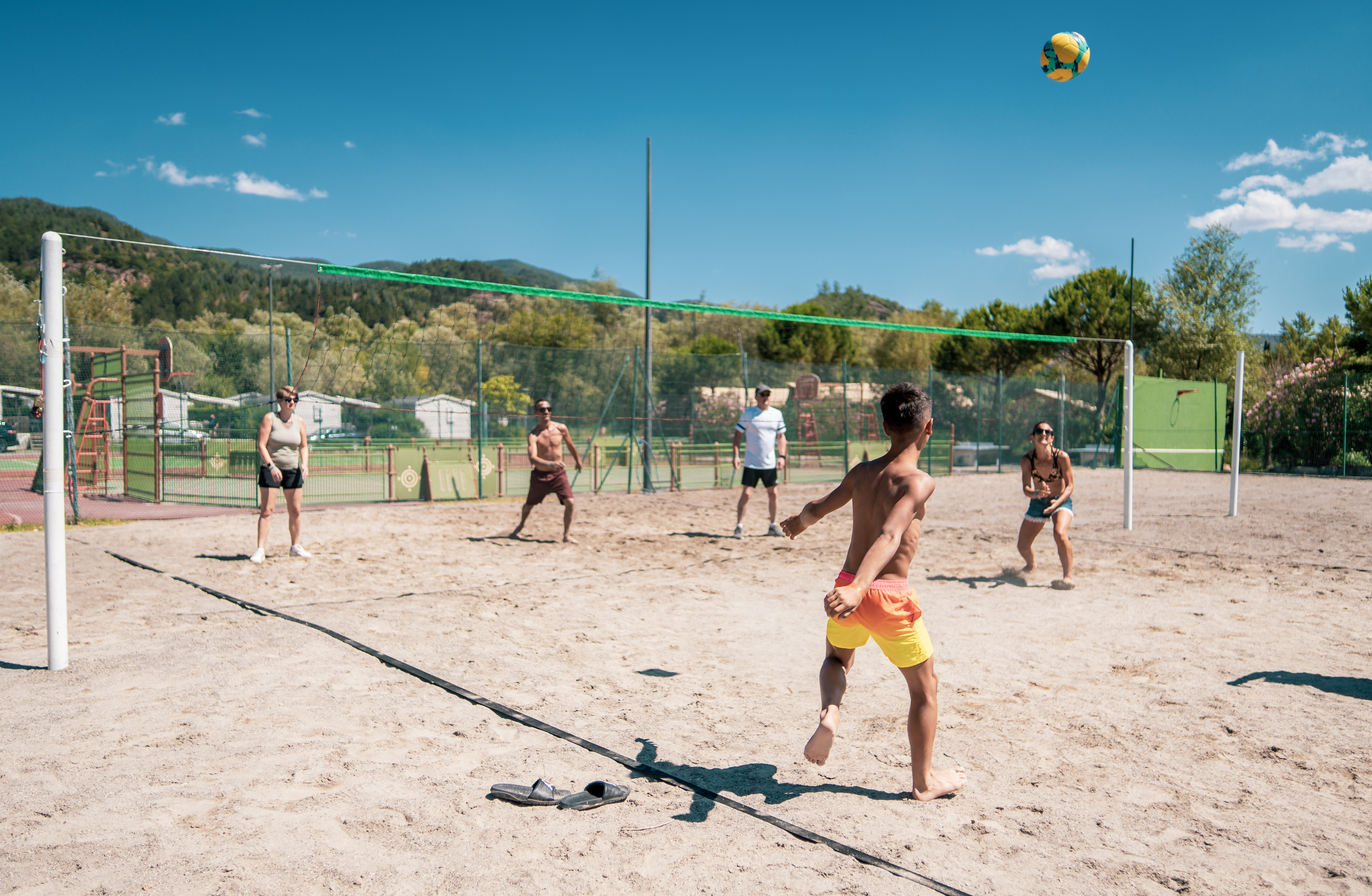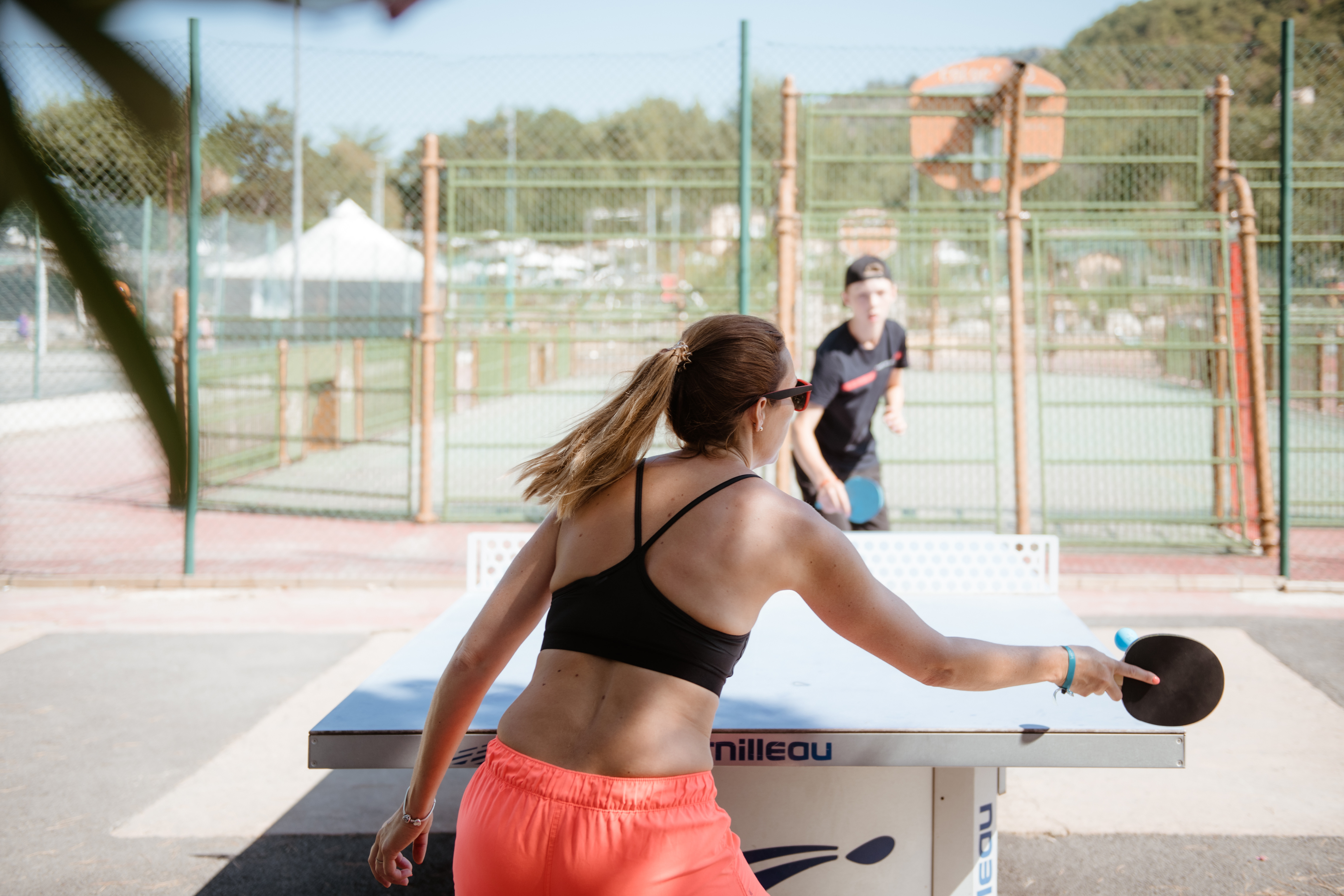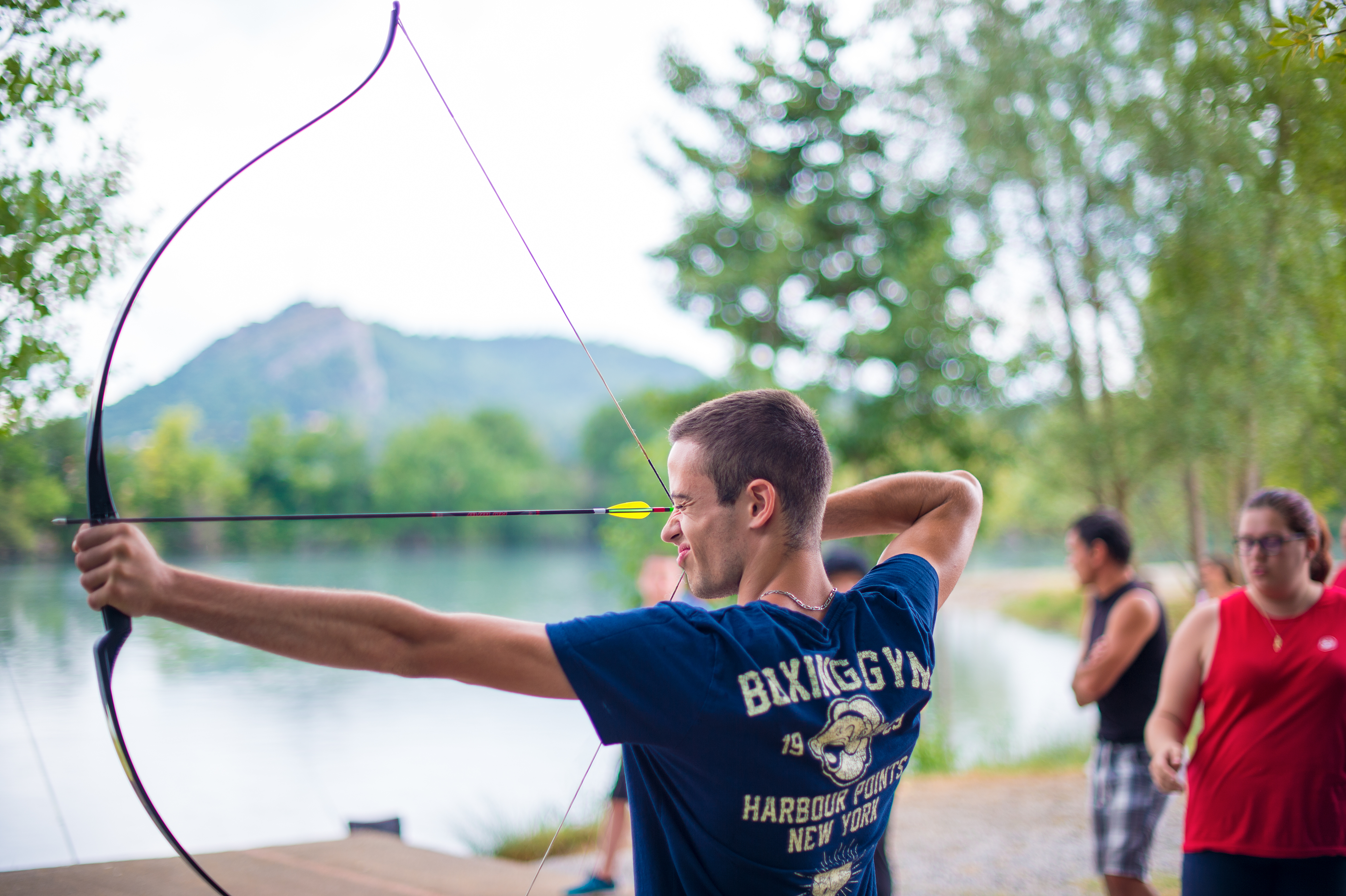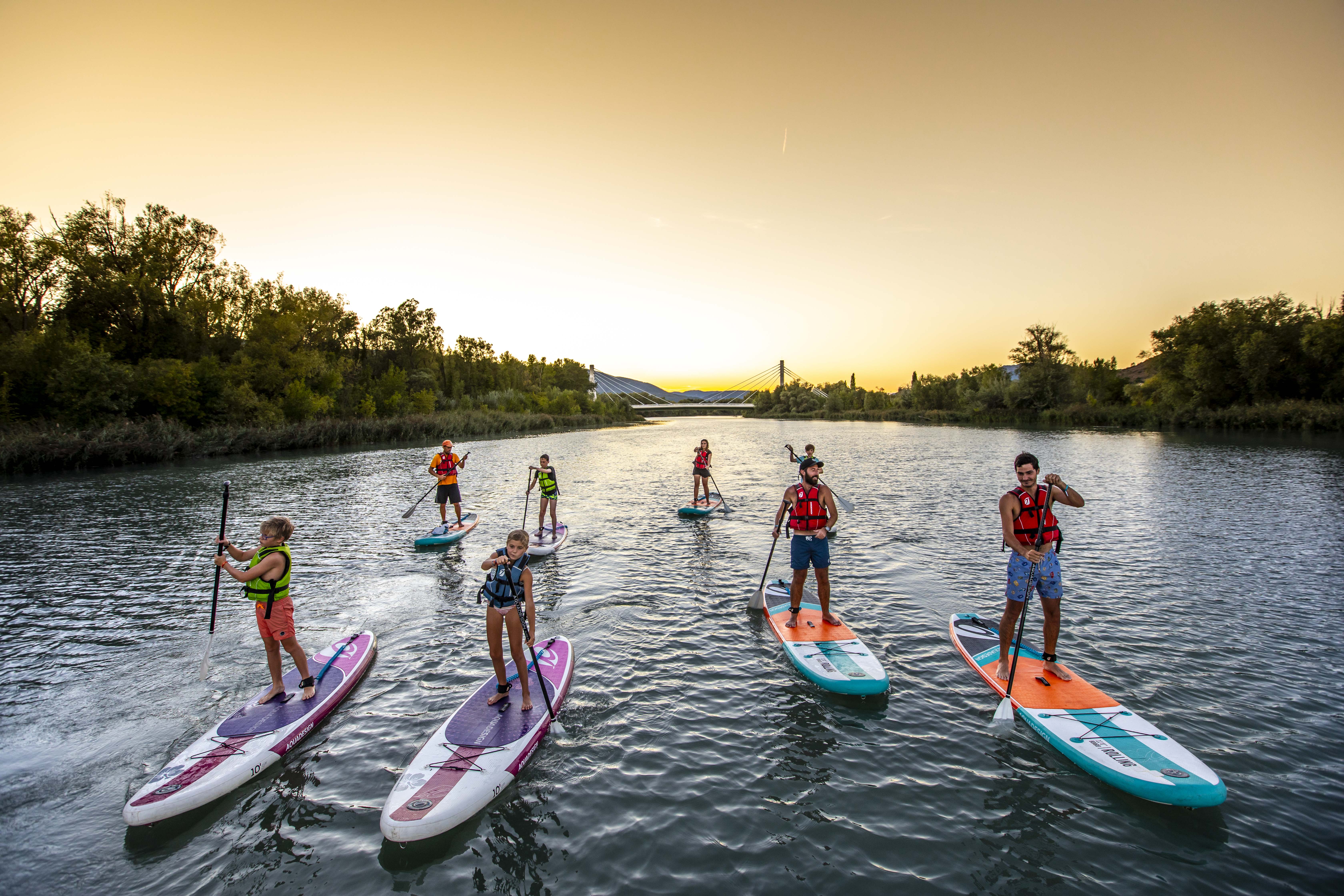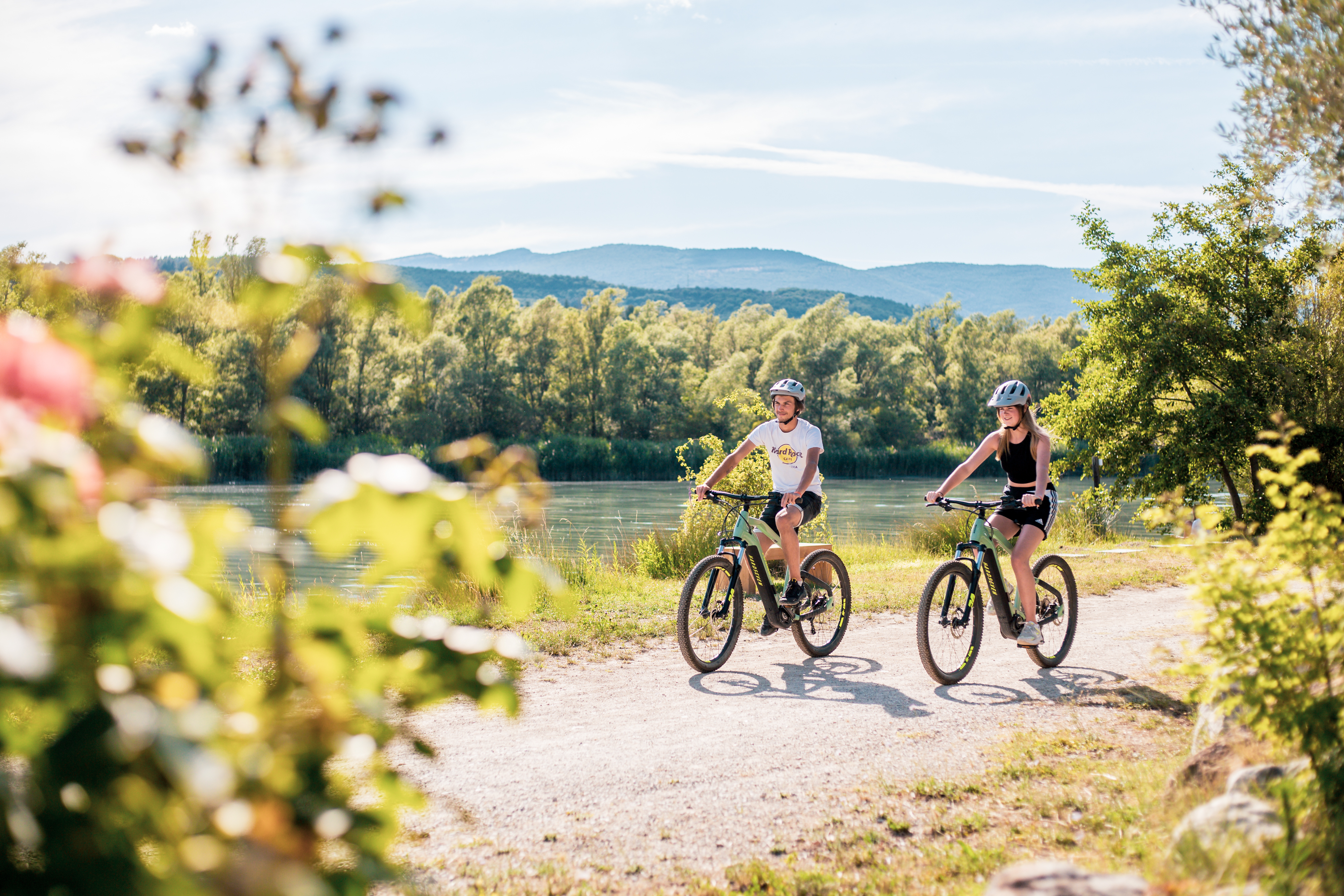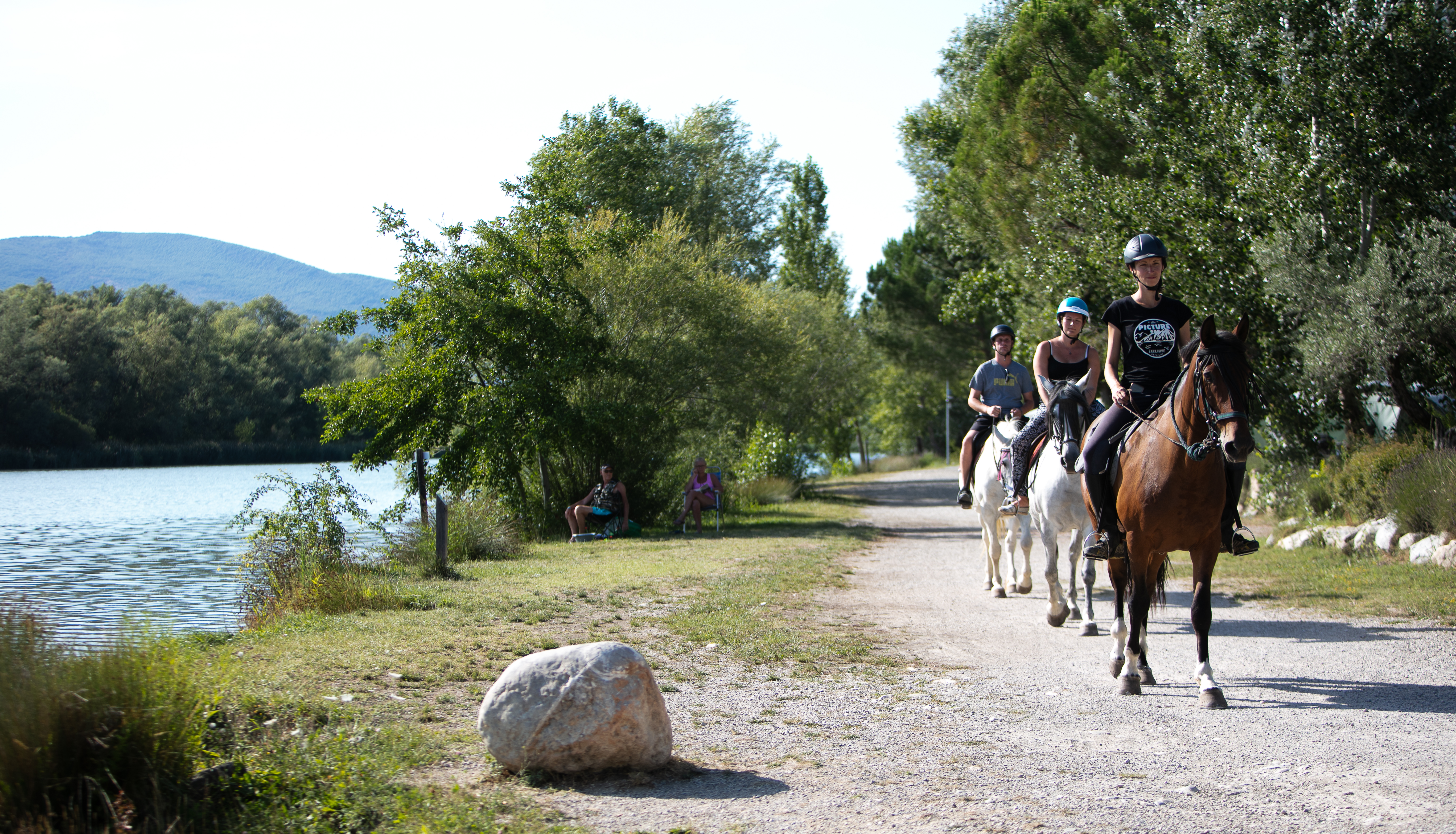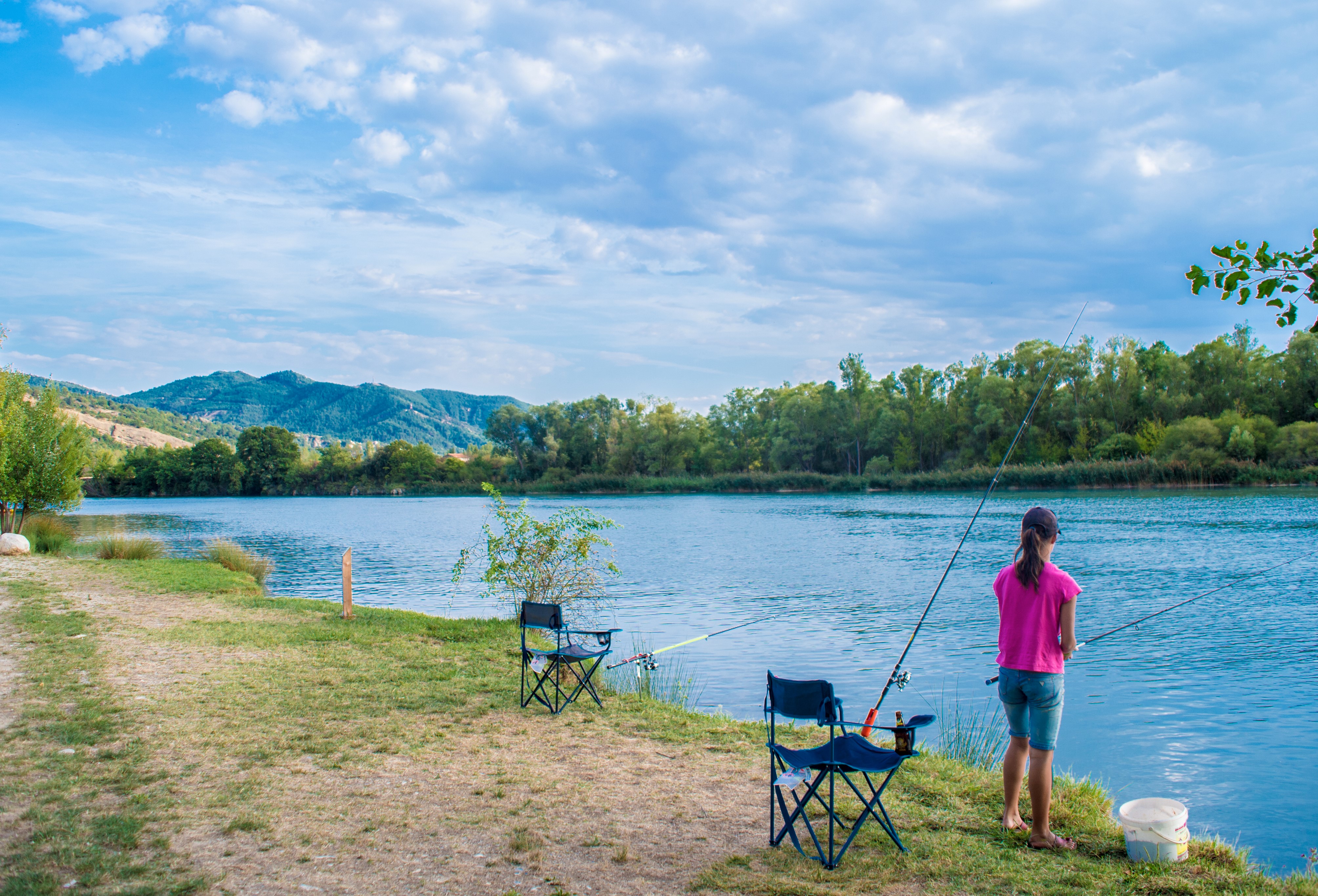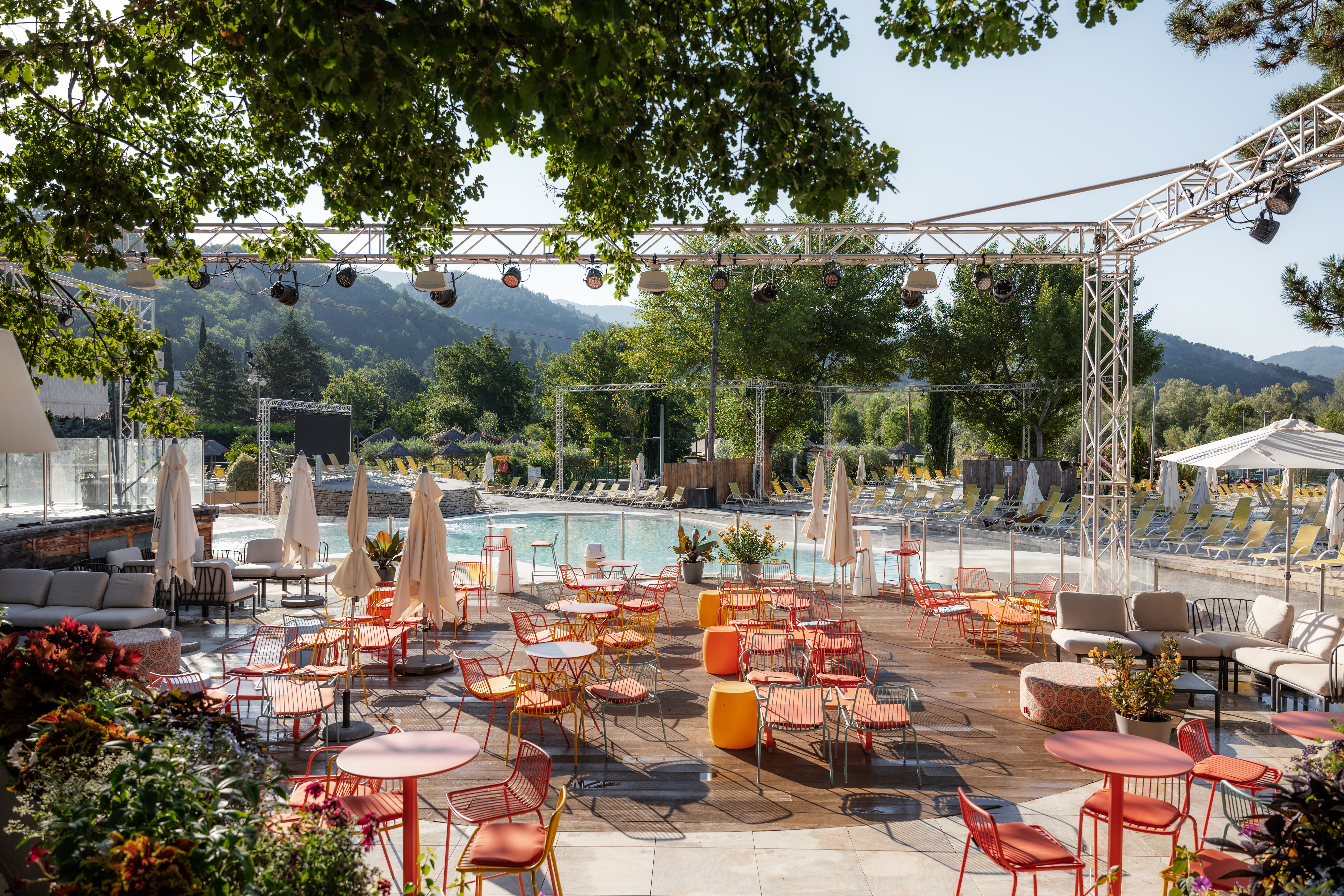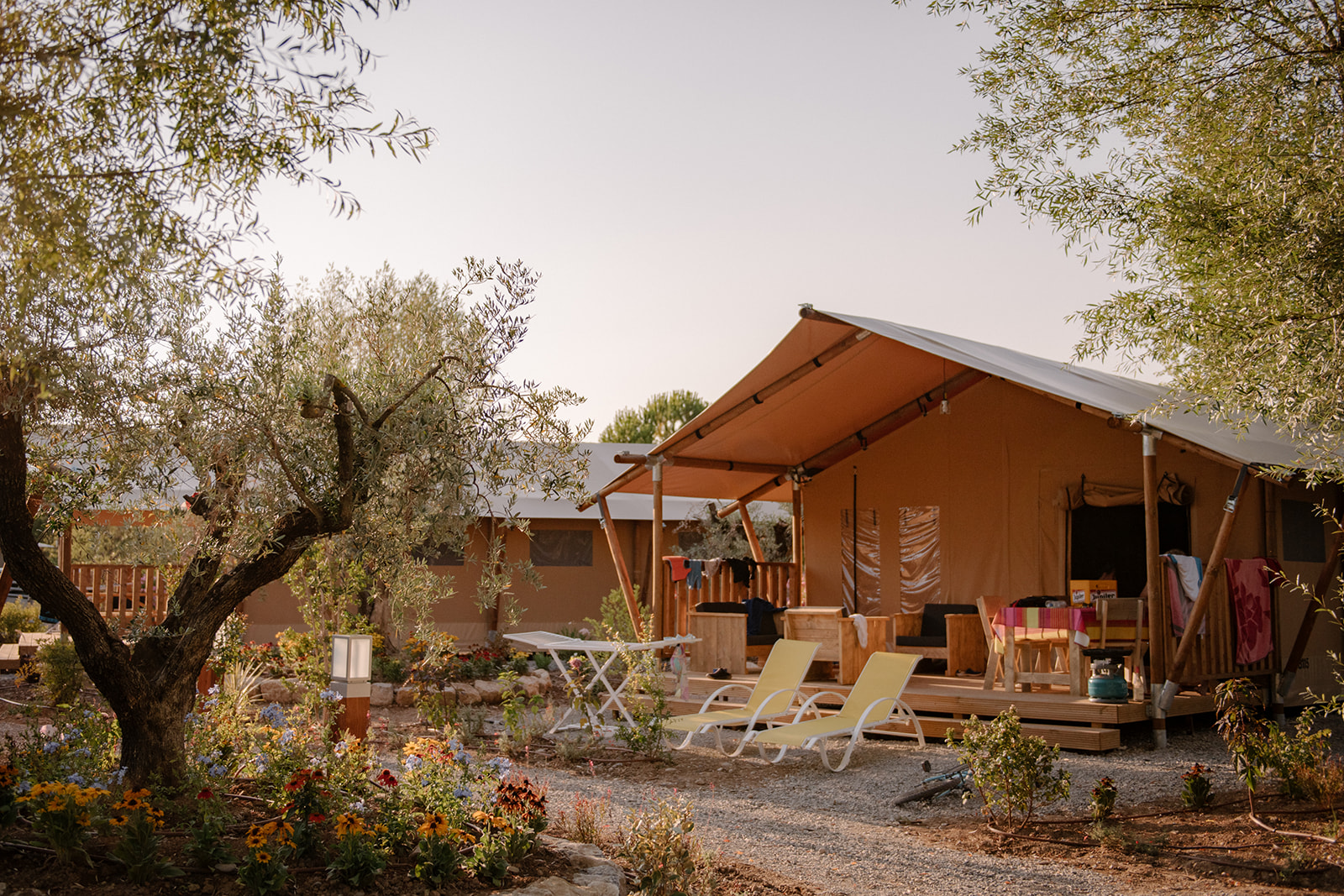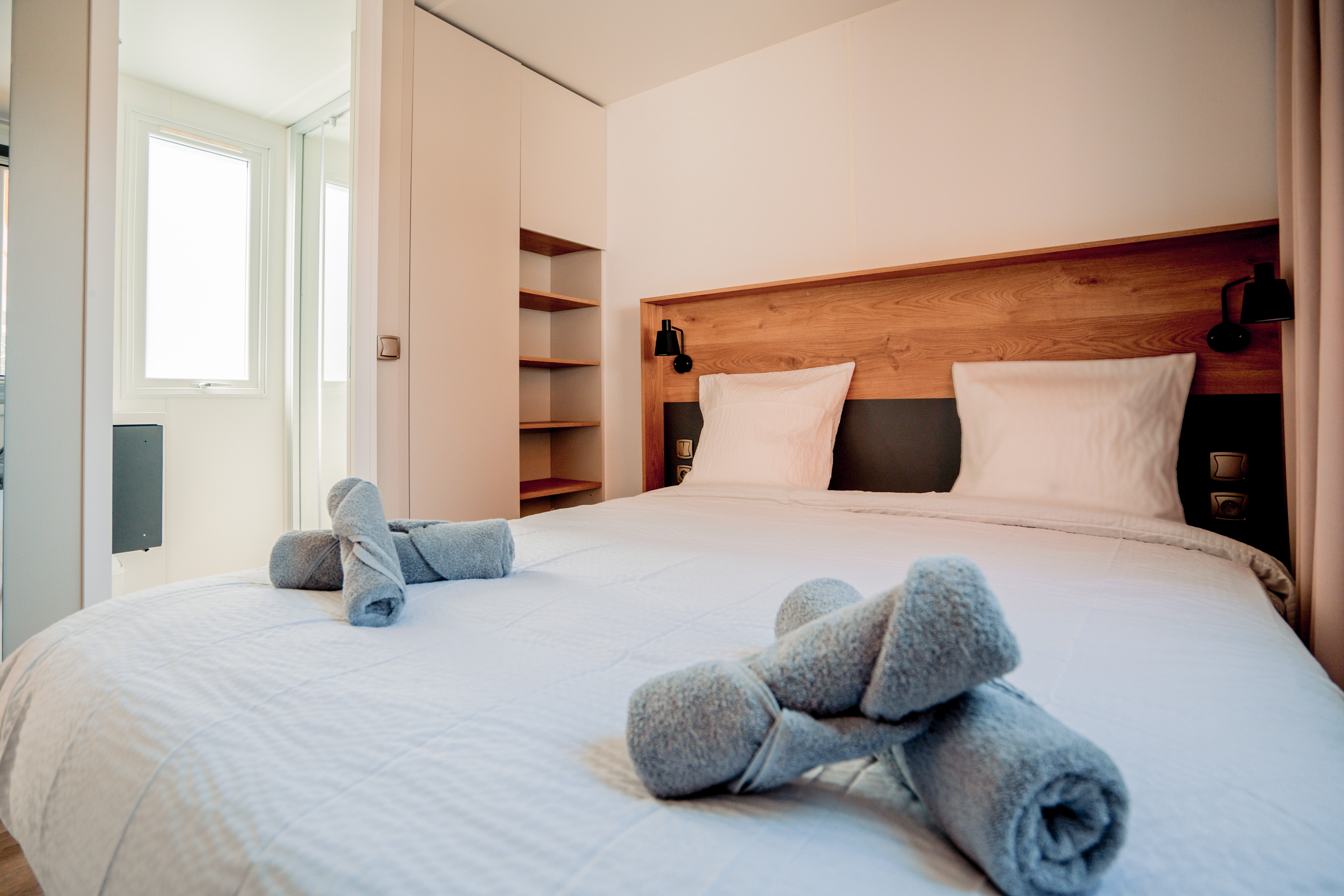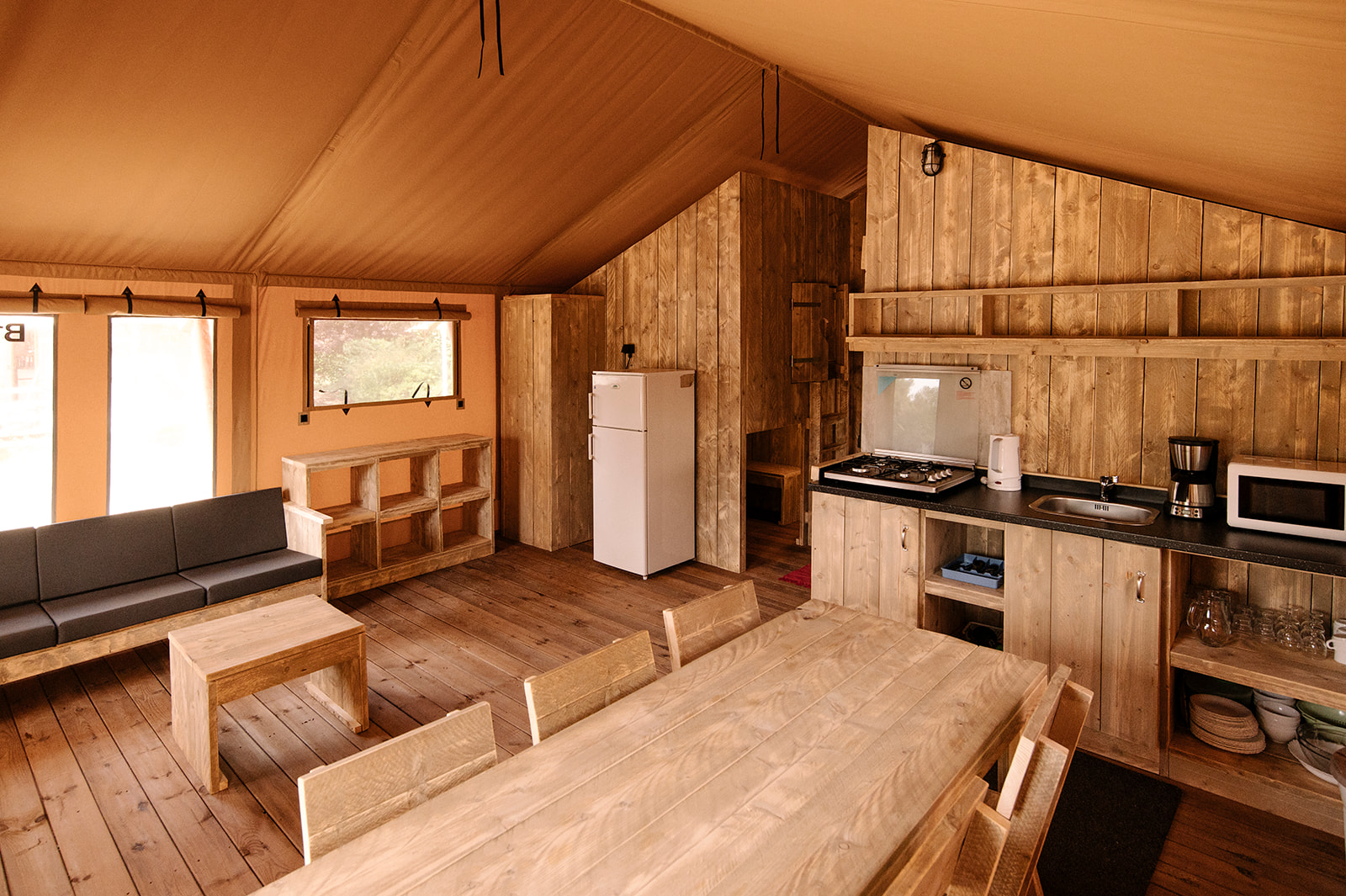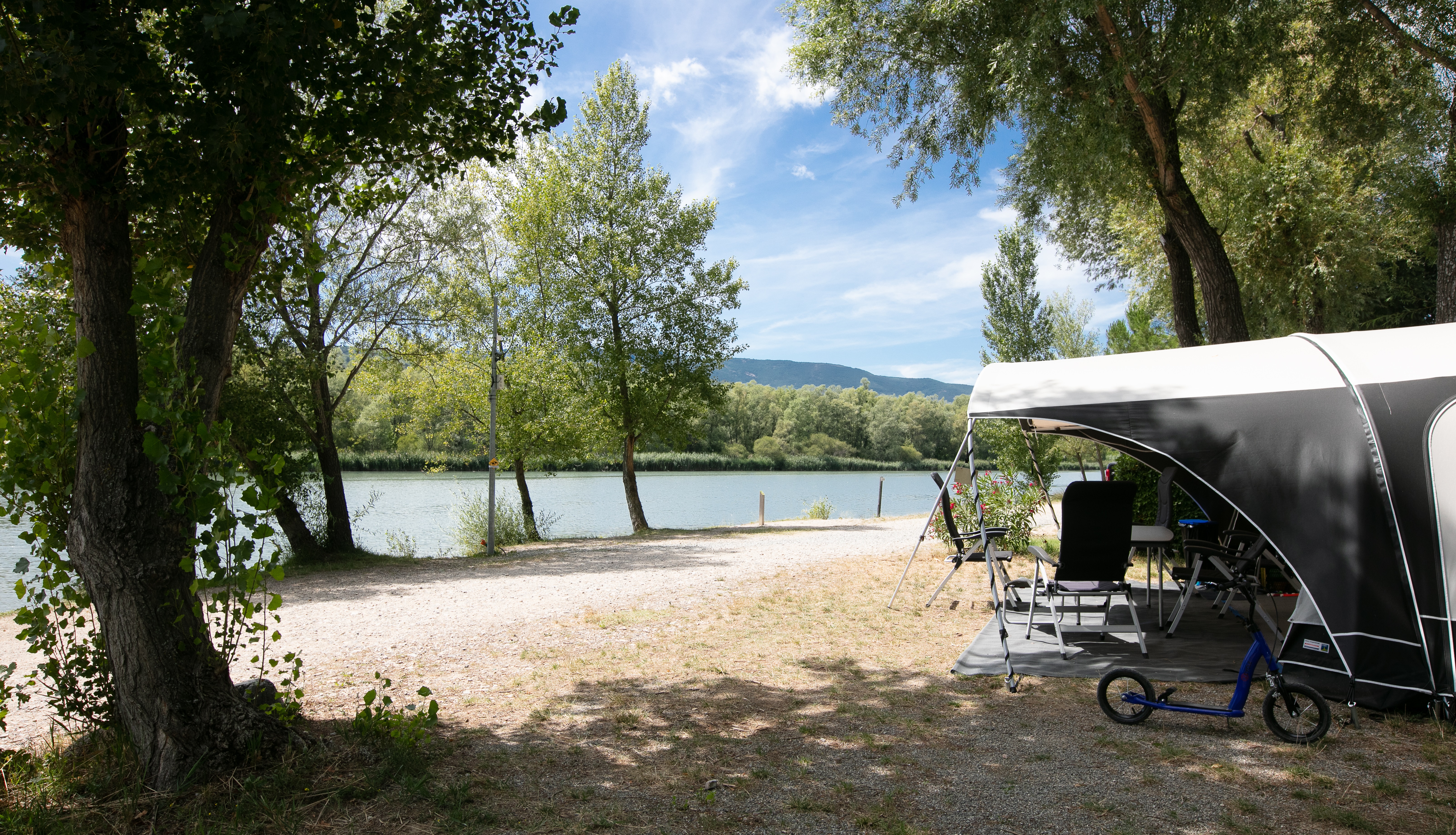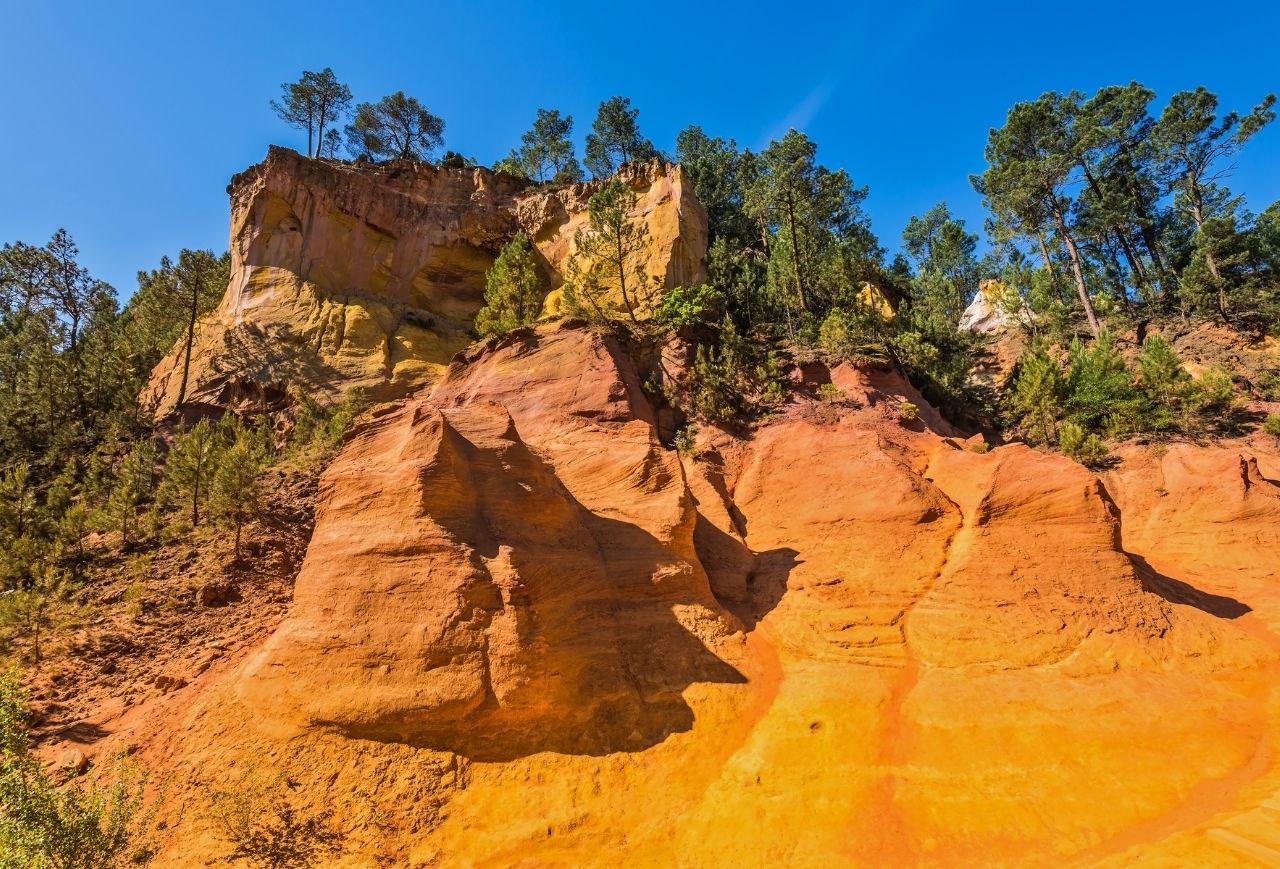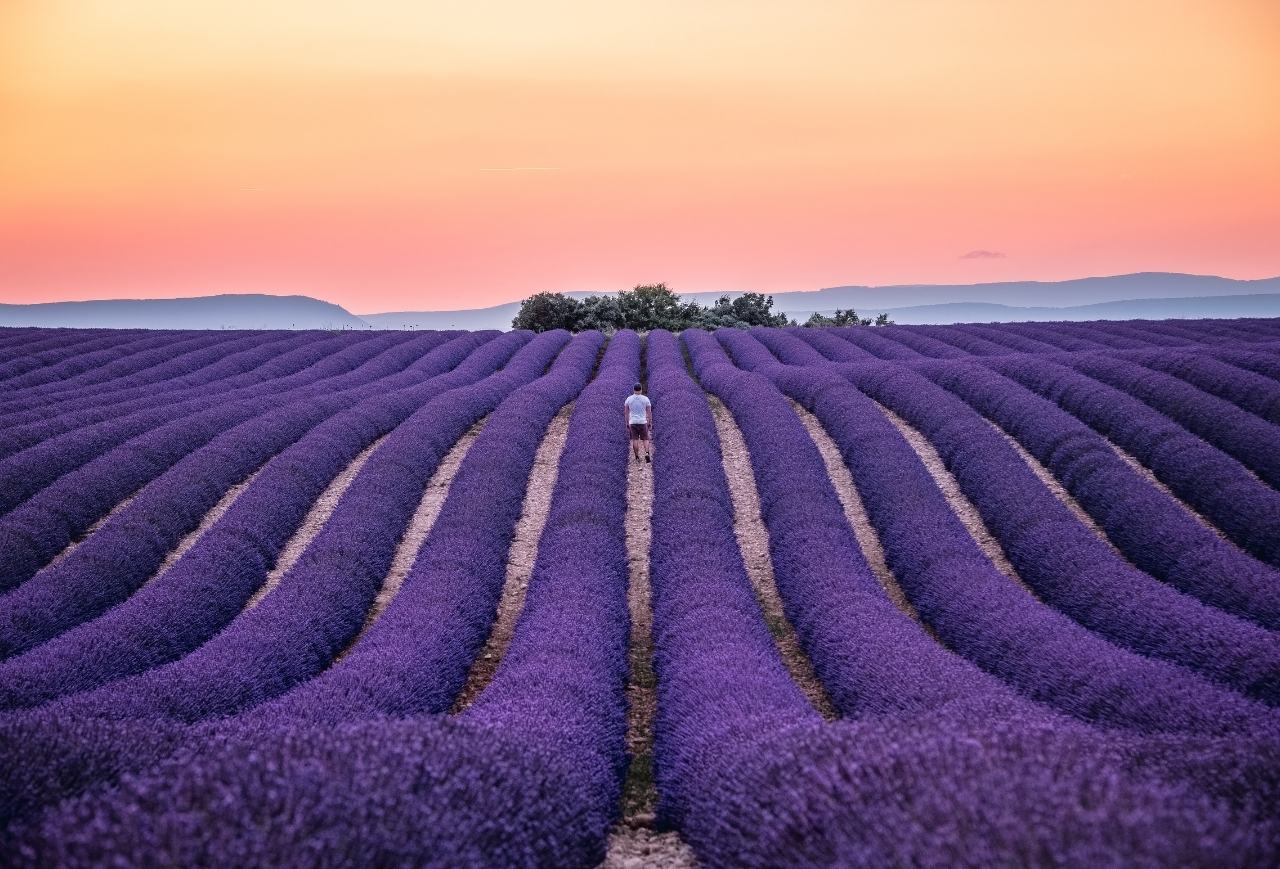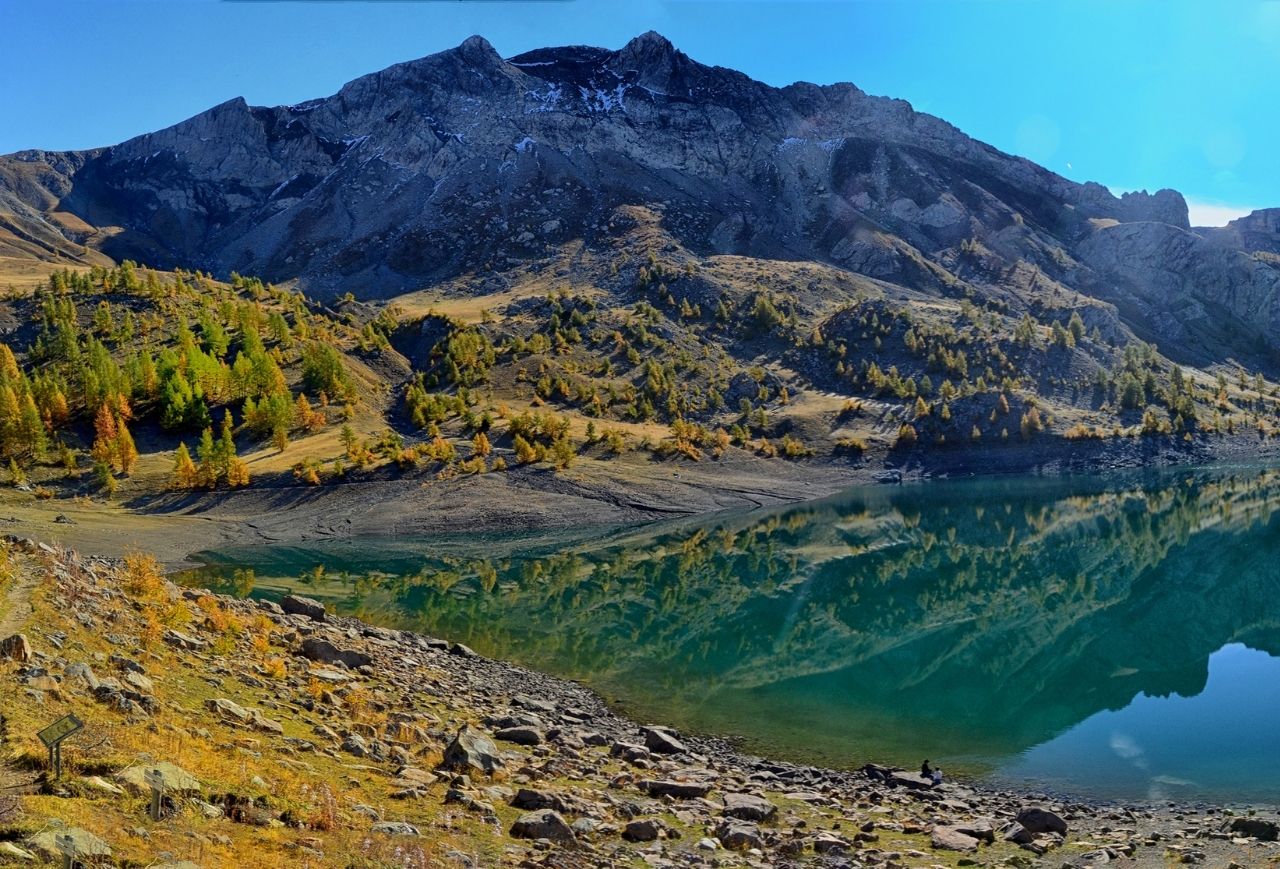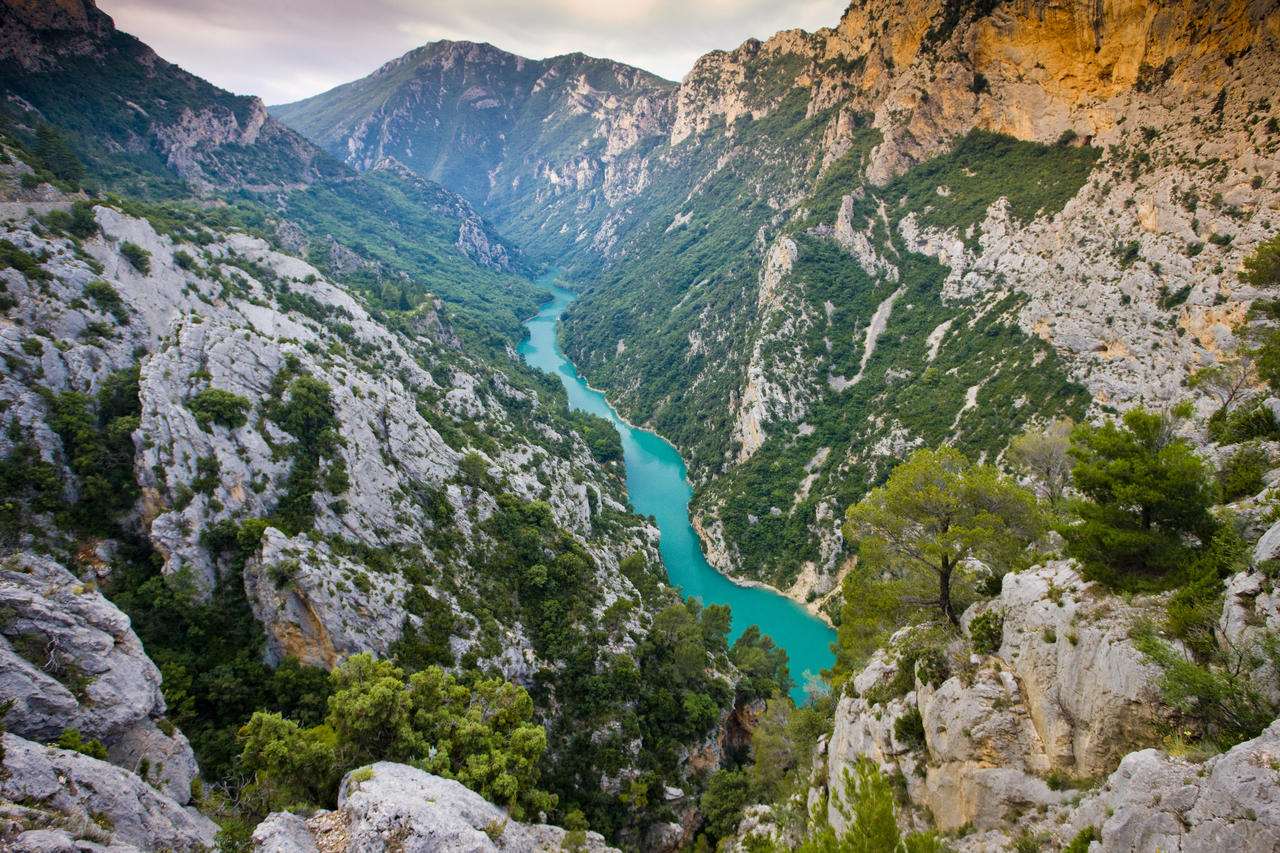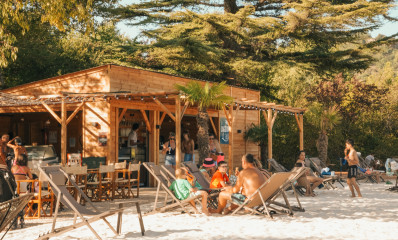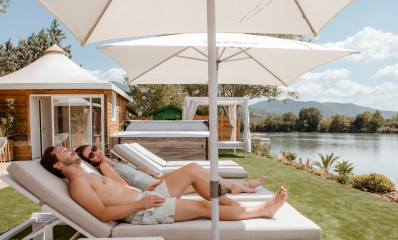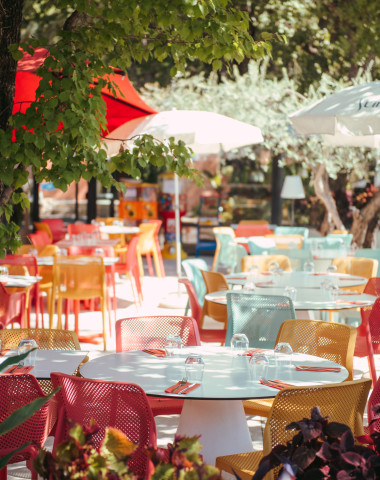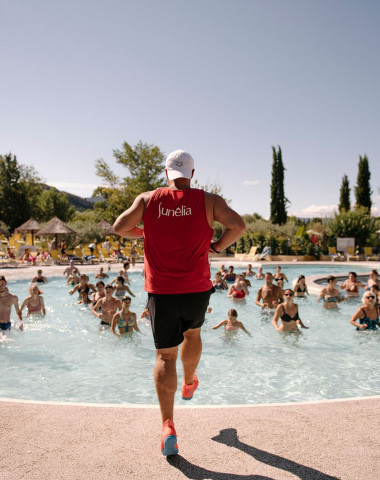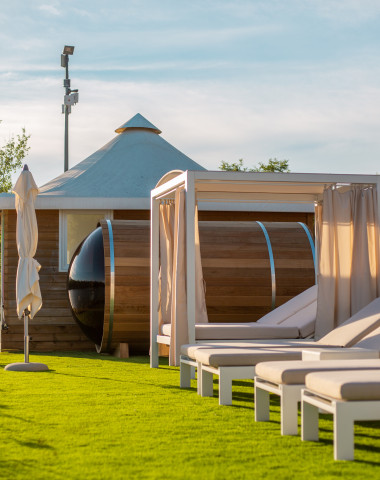Natural alternatives to mosquitoes
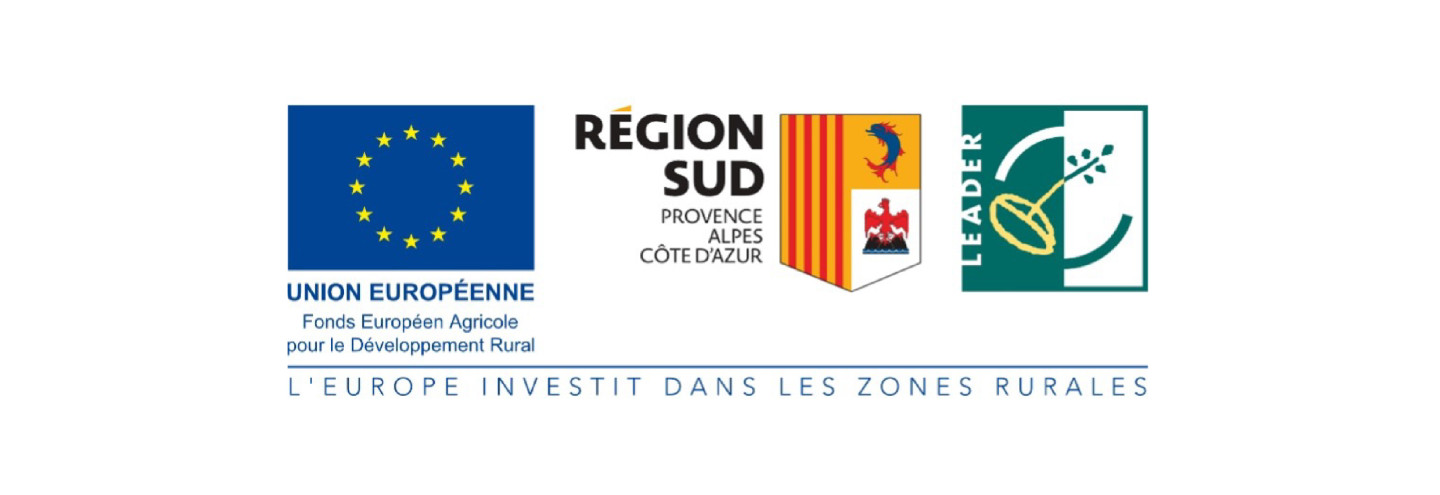
A project supported by the European Union
This project was made possible thanks to the LEADER programme supported by the European Union. It involves scientific and technical experimentation, with substantial investment. The LEADER programme contributed to the funding of this operation. The results are very encouraging.
This action supports the development of a rural area and the Hippocampe campsite, which promotes Haute Provence to the French and foreign public.

LEADER project
To reduce the nuisance caused by mosquitoes for holidaymakers, the Sunêlia l'Hippocampe campsite has installed 28 mosquito bollards in Volonne and 26 mosquito bollards in Château Arnoux!
The Sunêlia l'Hippocampe campsite is at the heart of the Escale reservoir, a 200-hectare artificial lake. This artificial wetland has created a real reservoir of diversity for both flora and fauna. This reservoir is known as the ‘Haute Provence ornithological reserve’. It now boasts 140 species of birds.
The Sunêlia l'Hippocampe campsite is part of an innovative ecotourism project, encouraging the emergence of environmentally-friendly tourism and improving the quality of life of the local and tourist population.
However, this desire to develop tourism and protect the environment was disrupted by the presence of mosquitoes, which were causing a nuisance.
The aim was therefore to reduce the nuisance caused by mosquitoes while limiting the environmental and health risks.
To meet this objective, L'Hippocampe has installed 28 mosquito bollards at the Volonne site and 26 mosquito bollards at the Château Arnoux site.
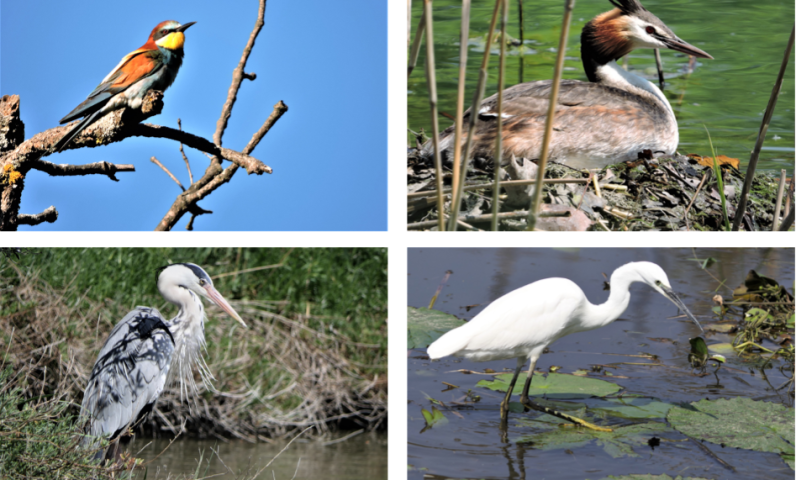
Mosquito bollards: an eco-responsible solution
The installation of the bollards is part of the search for natural anti-mosquito alternatives. This project avoids the need for aerial spraying to spread biocide.
Only female mosquitoes around the areas to be protected are attracted to the bollards. Male mosquitoes and other insect species (bees, butterflies, ladybirds, etc.) are not attracted by the trap and continue to play their role in respecting biodiversity.
Did you know?
It's only the female mosquitoes that bite us, the males preferring flower nectar. The females need the proteins in our blood to lay their eggs. So they take in 3 times more blood than their total body weight.
Installation of mosquito bollards and nest boxes
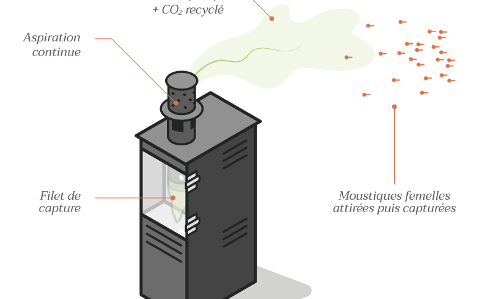
How does it work?
Thanks to its patented technology, the professional anti-mosquito machine attracts the female mosquito in search of prey, by simulating the presence of humans. The mosquito is then trapped inside the bollard.
Illustration ©BAM Qista
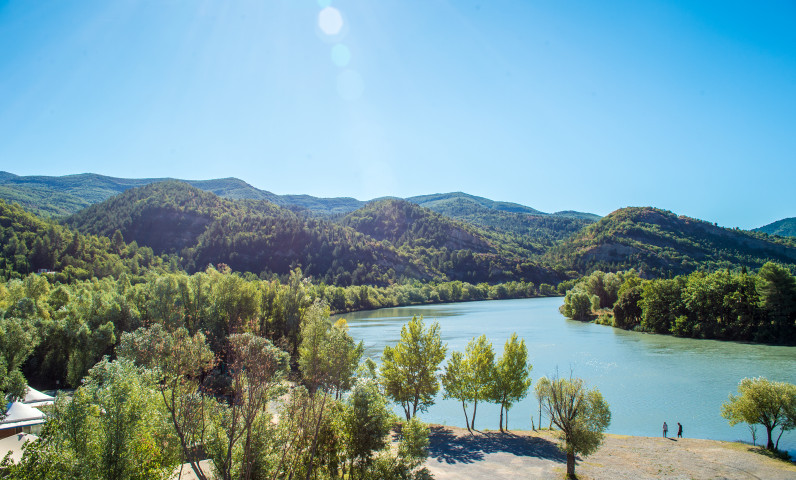
Installing nesting boxes on the campsite
Another natural alternative to mosquitoes is to install nest boxes for birds. Some birds, including swallows, are predators of mosquitoes. Several nesting boxes and feeding troughs have been installed at the campsite.
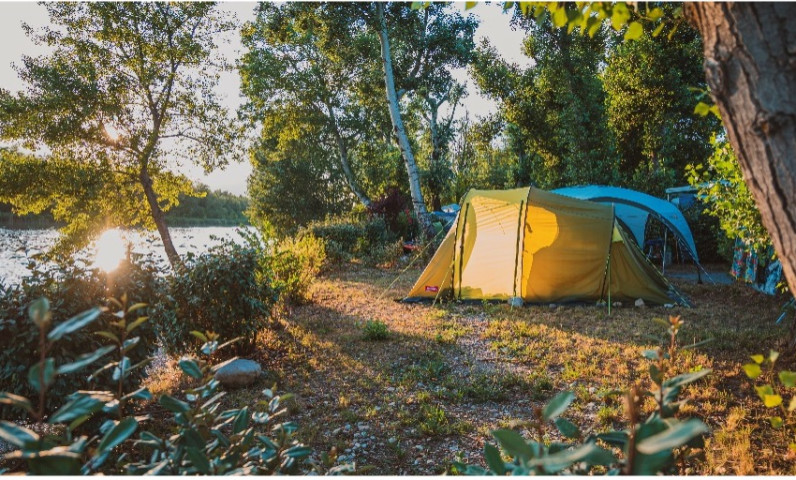
What are the results?
As soon as the 28 bollards were installed in 2017, the campsite commissioned the Tour du Valat research institute for the conservation of Mediterranean wetlands to assess the effectiveness of the anti-mosquito bollards. Based on tests, known as ‘calf tests’, carried out in 6 different locations: 3 mosquito-free locations on the Hippocampe campsite and 3 locations not mosquito-free by the BAM in the commune of Château Arnoux at Les Salettes, the scientists observed an 85% reduction in nuisance in the area protected by the traps.
What's more, customer perceptions have improved significantly. Nuisance levels have fallen.
A sociological study was carried out by the Sunêlia l'Hippocampe campsite in June 2018. A questionnaire relating to the evaluation of the BAM anti-mosquito device was given to holidaymakers. Of the 106 responses:
- 71.8% were satisfied with the presence of this device
- 99% were not bothered by the presence of the traps
- 97.9% were in favour of continuing the demostification method
